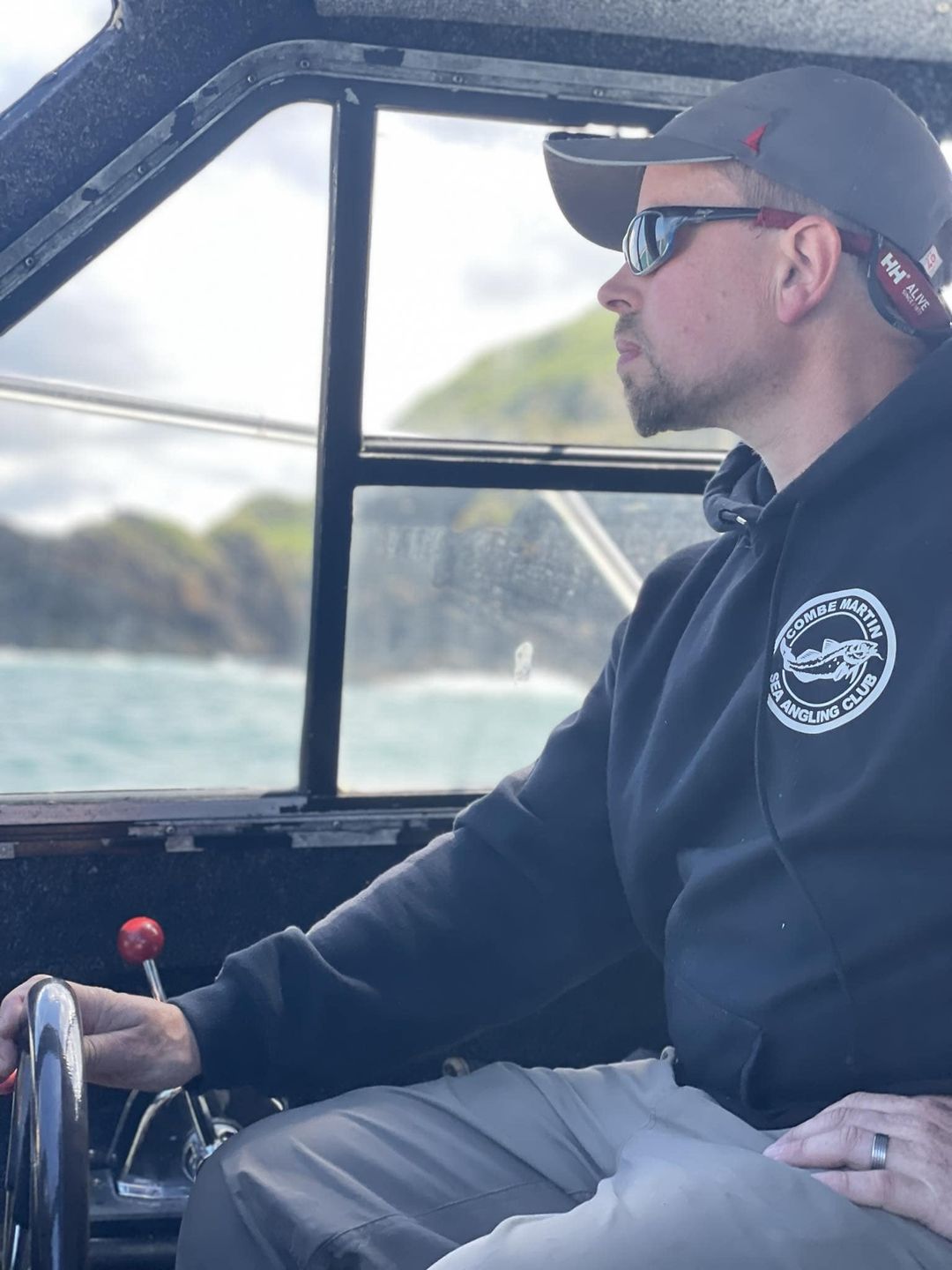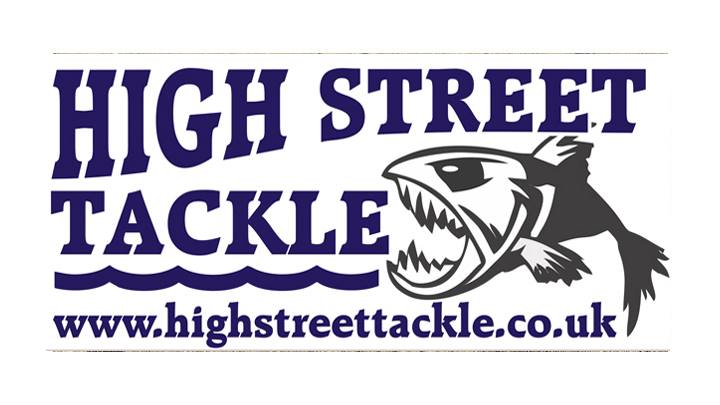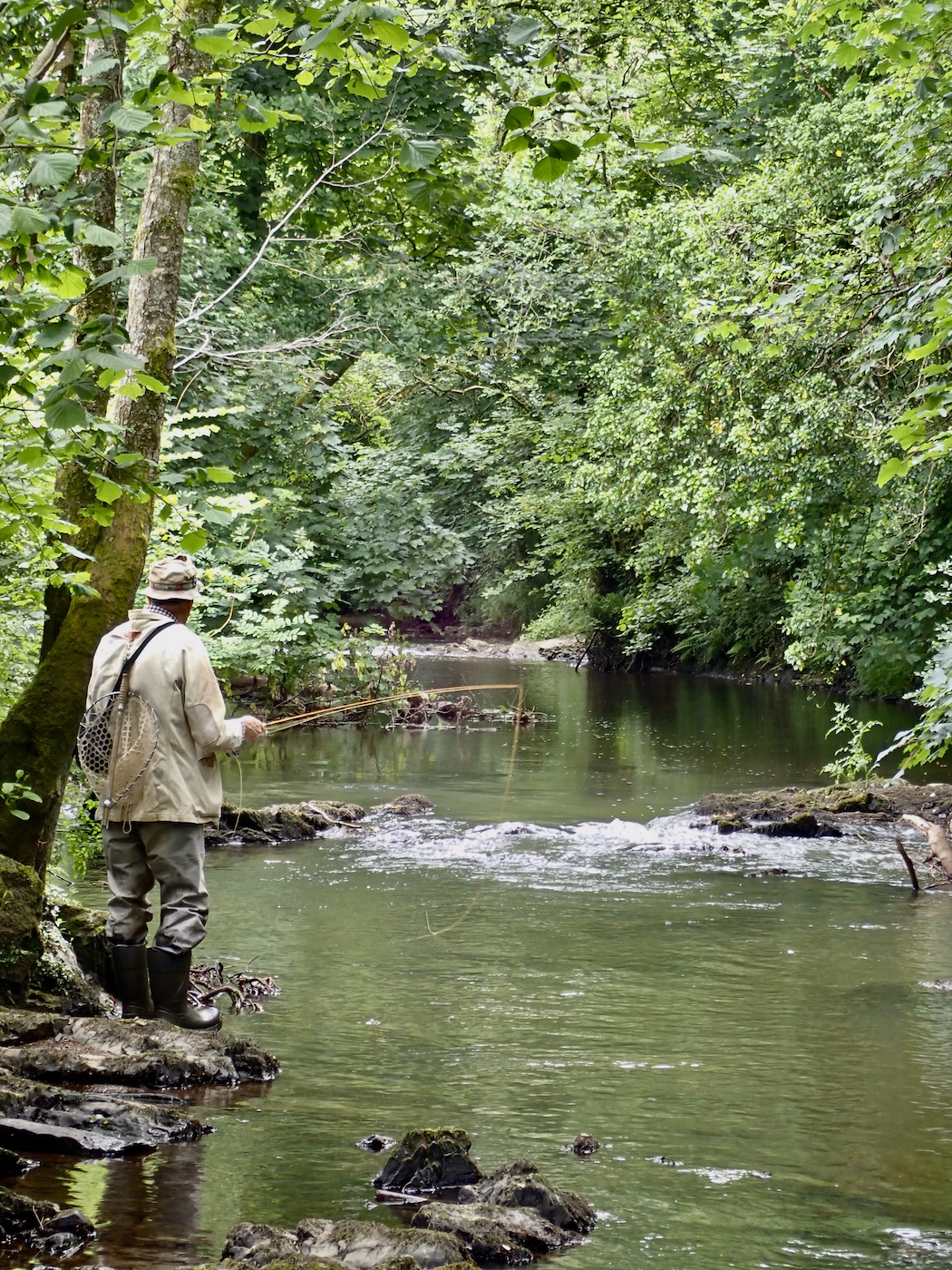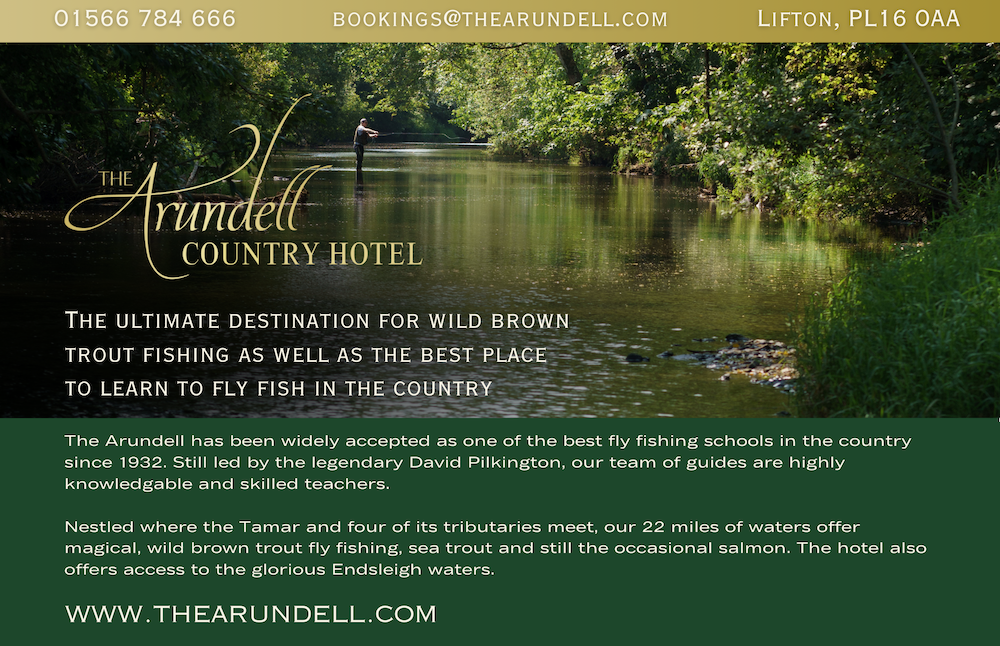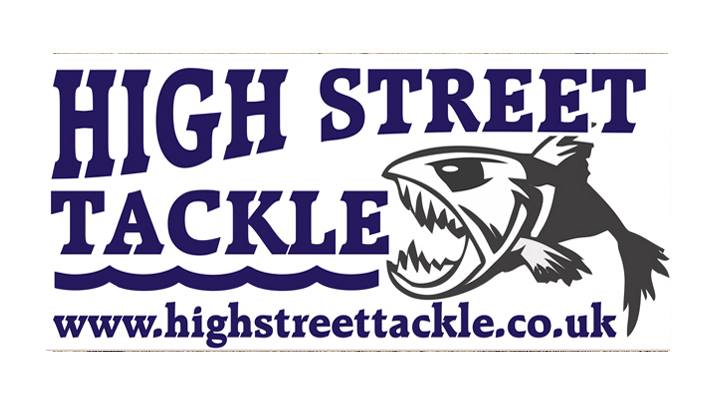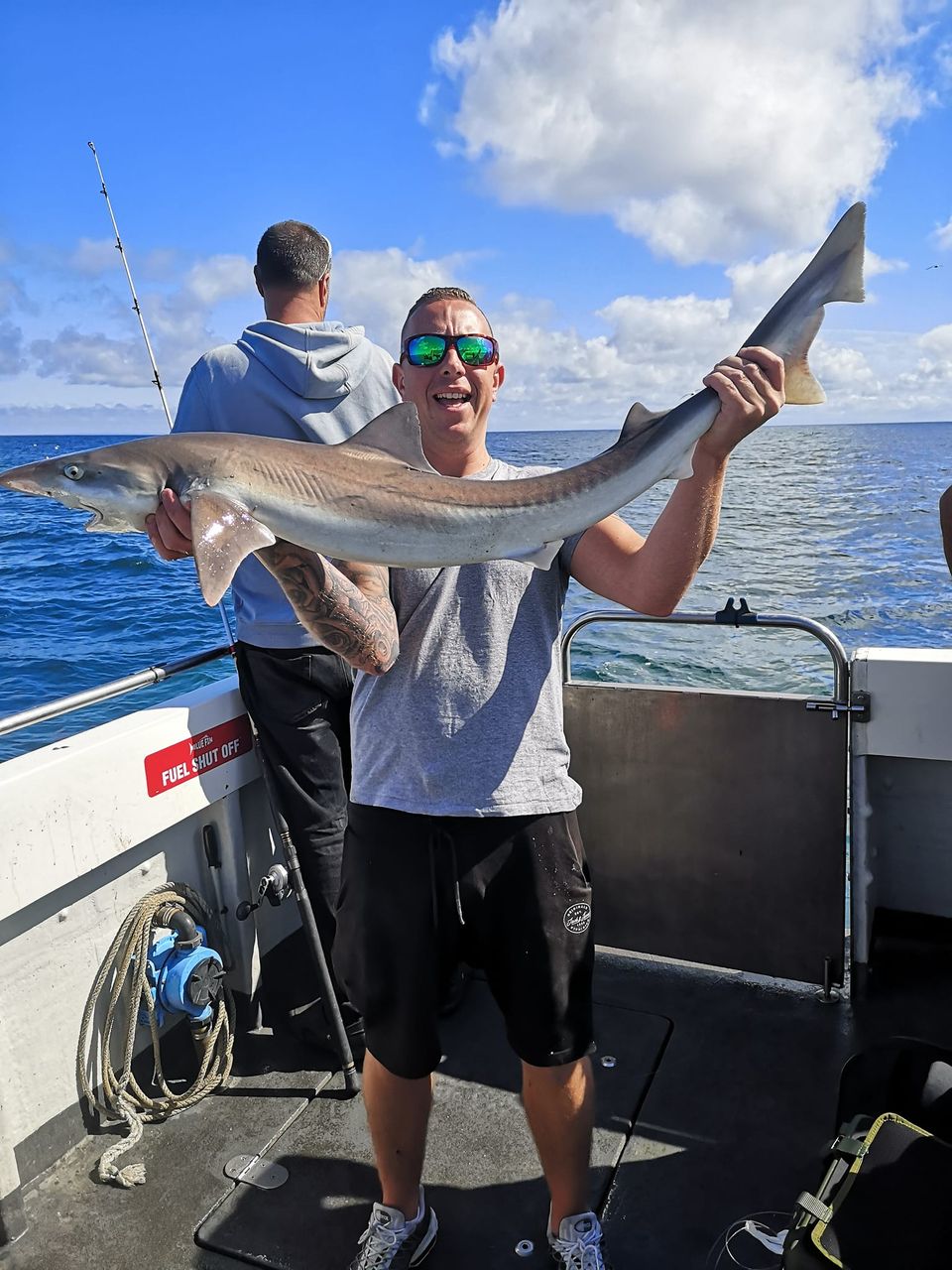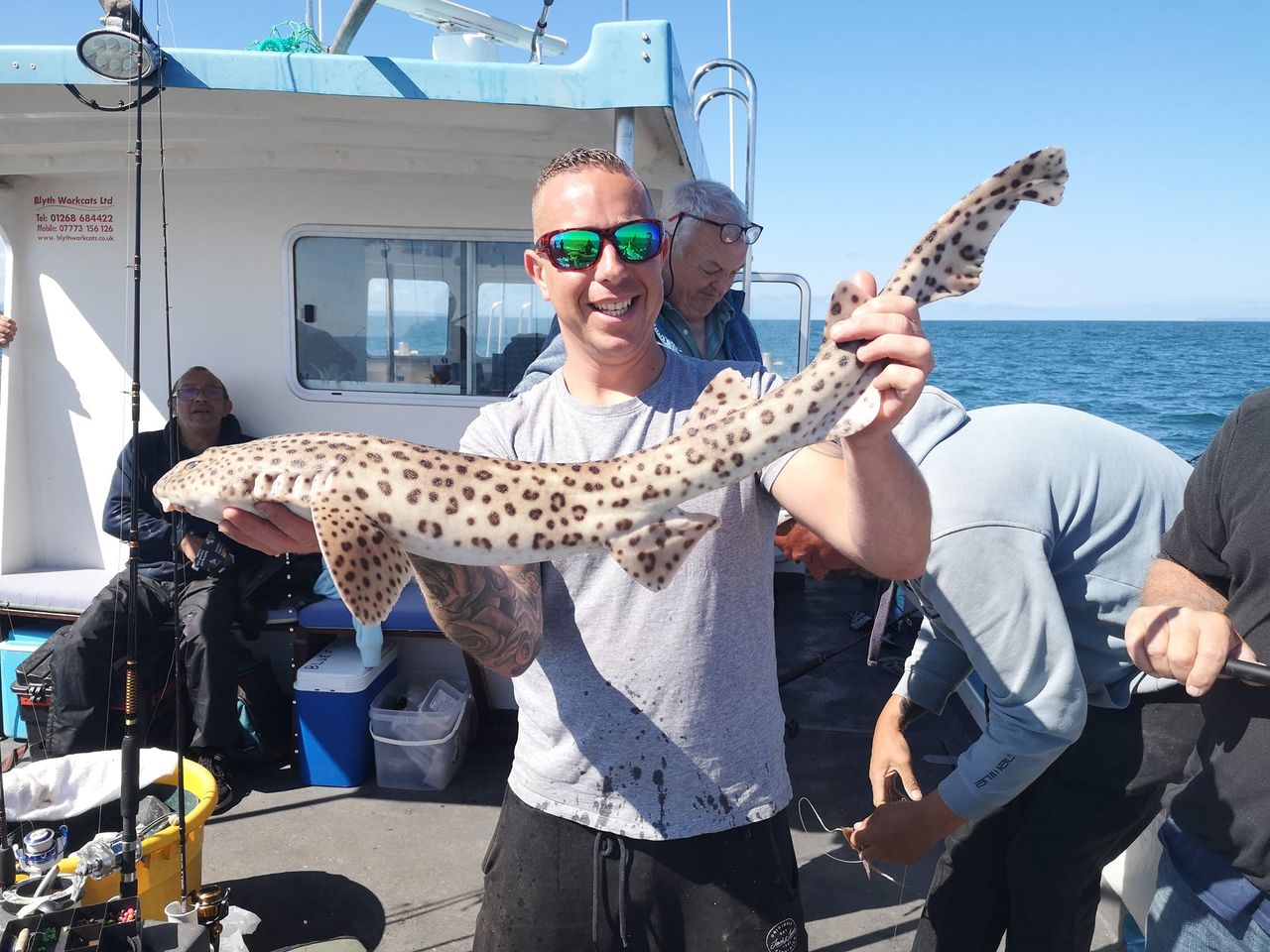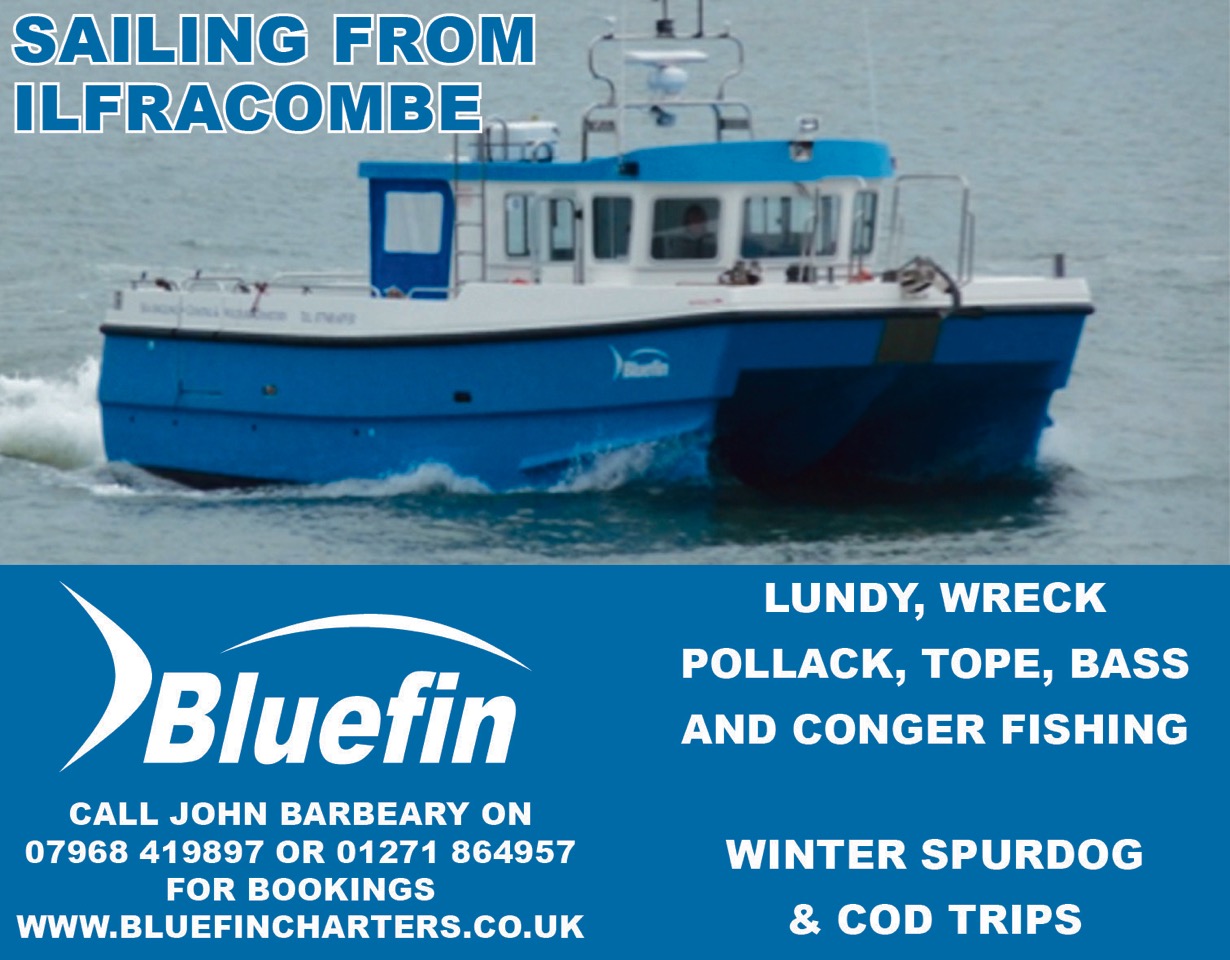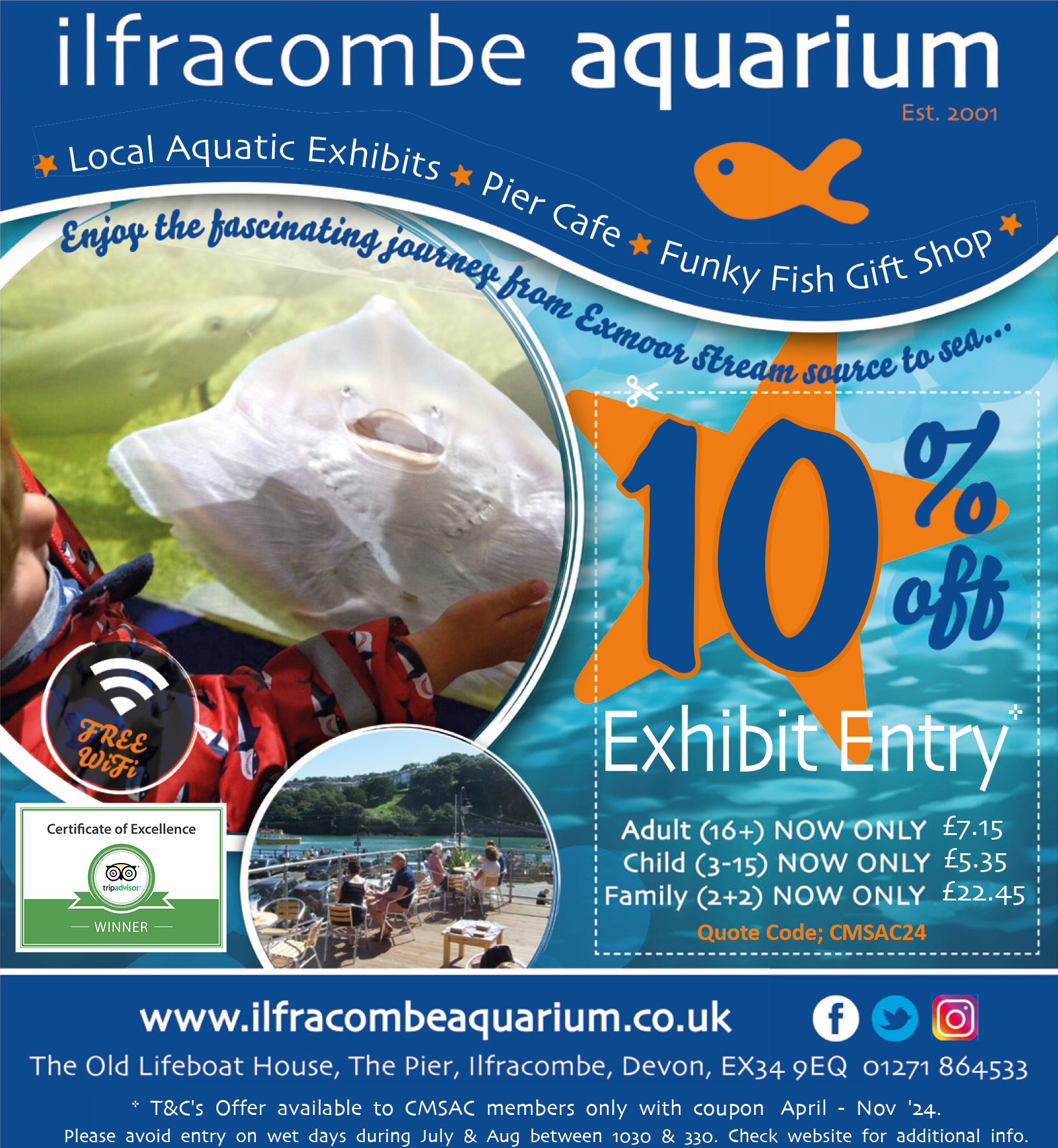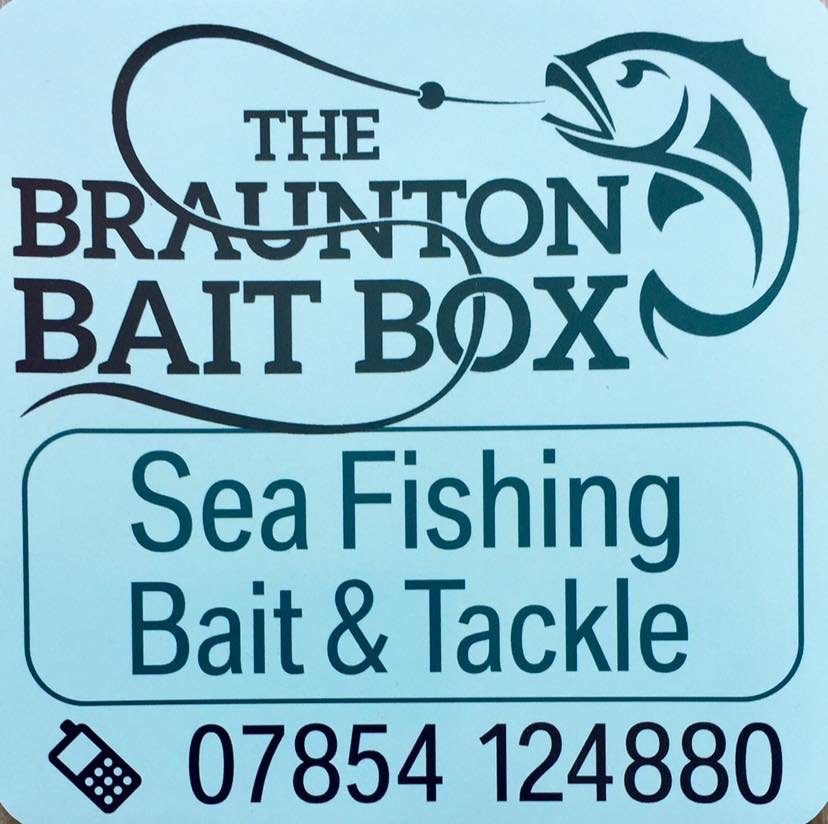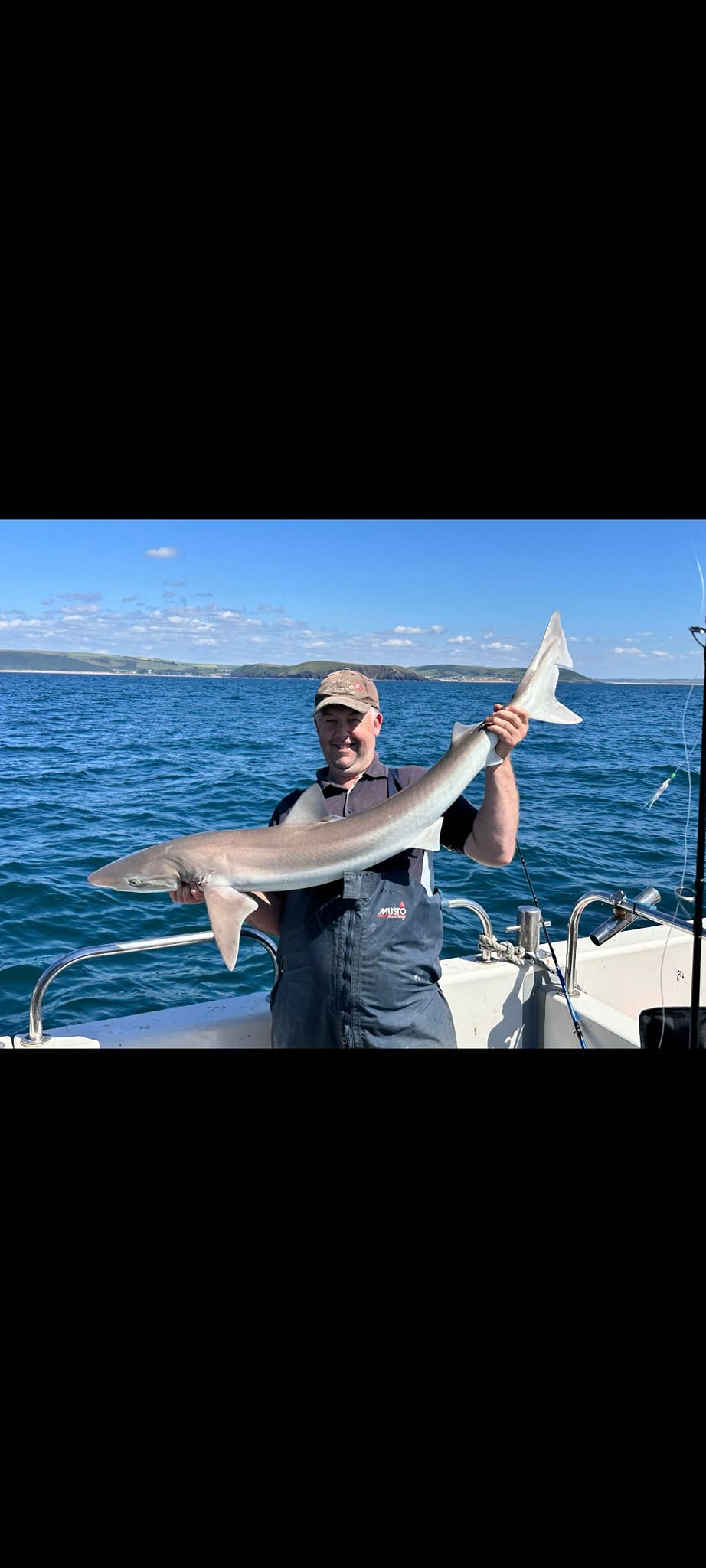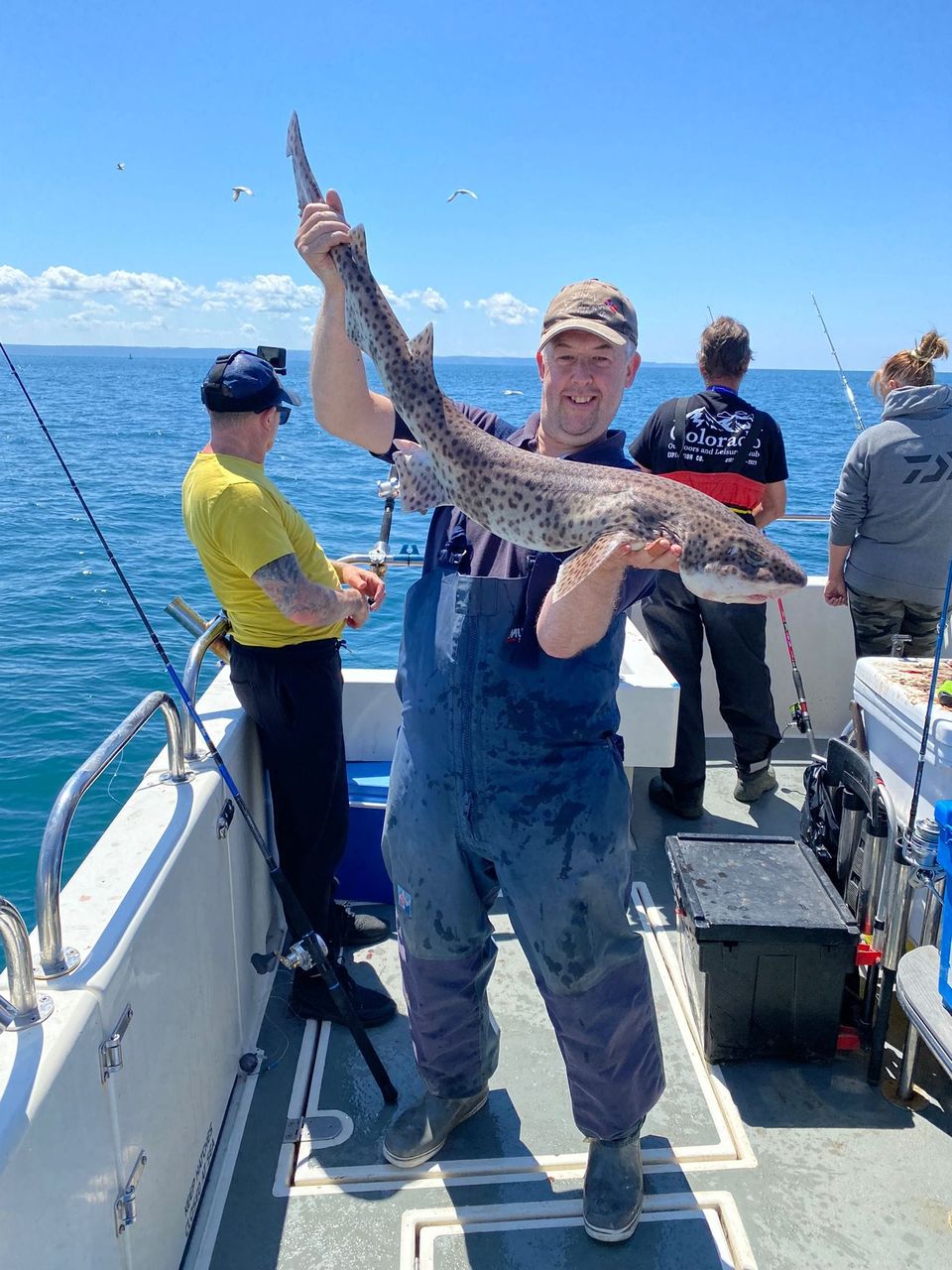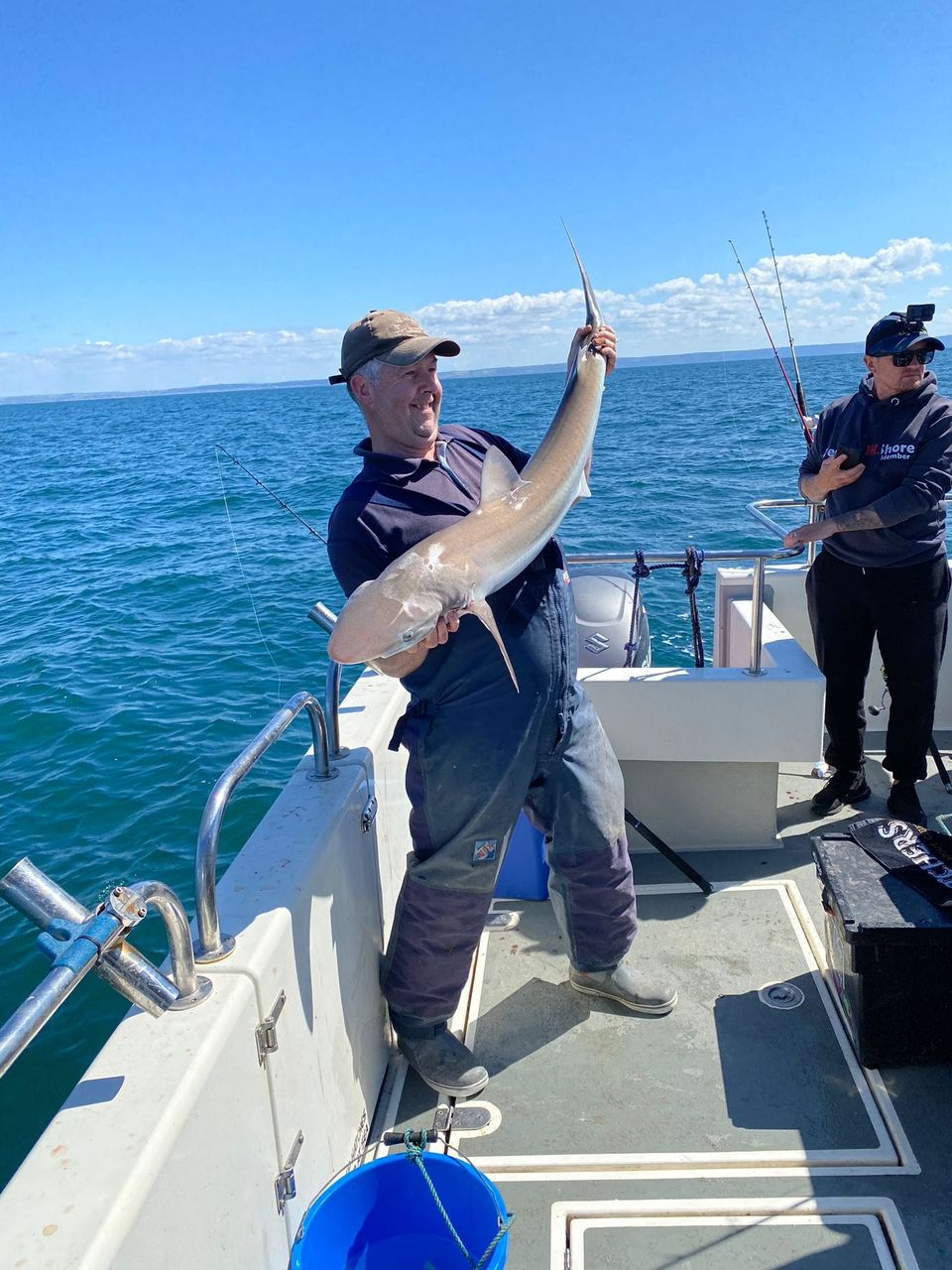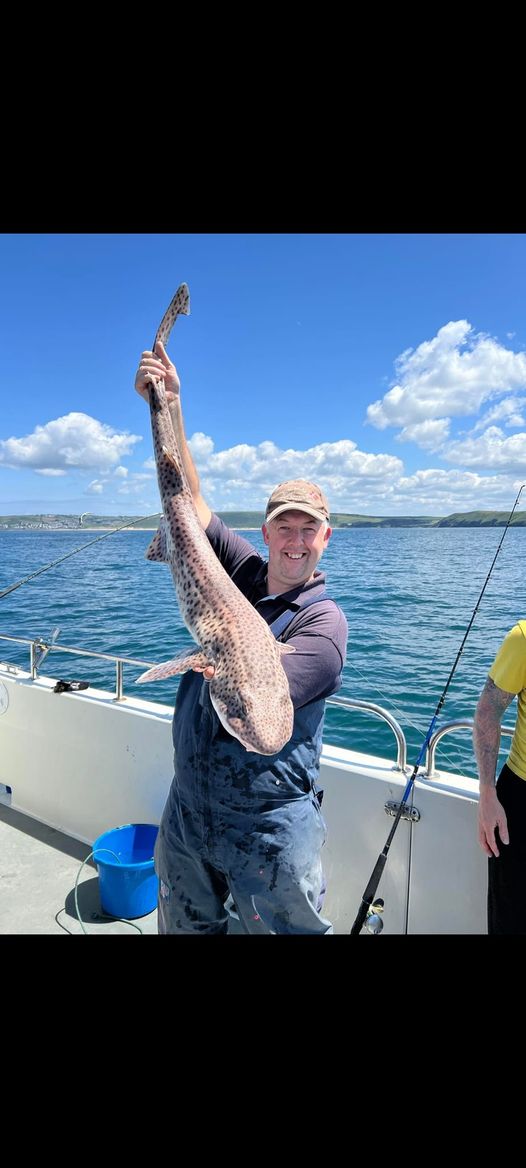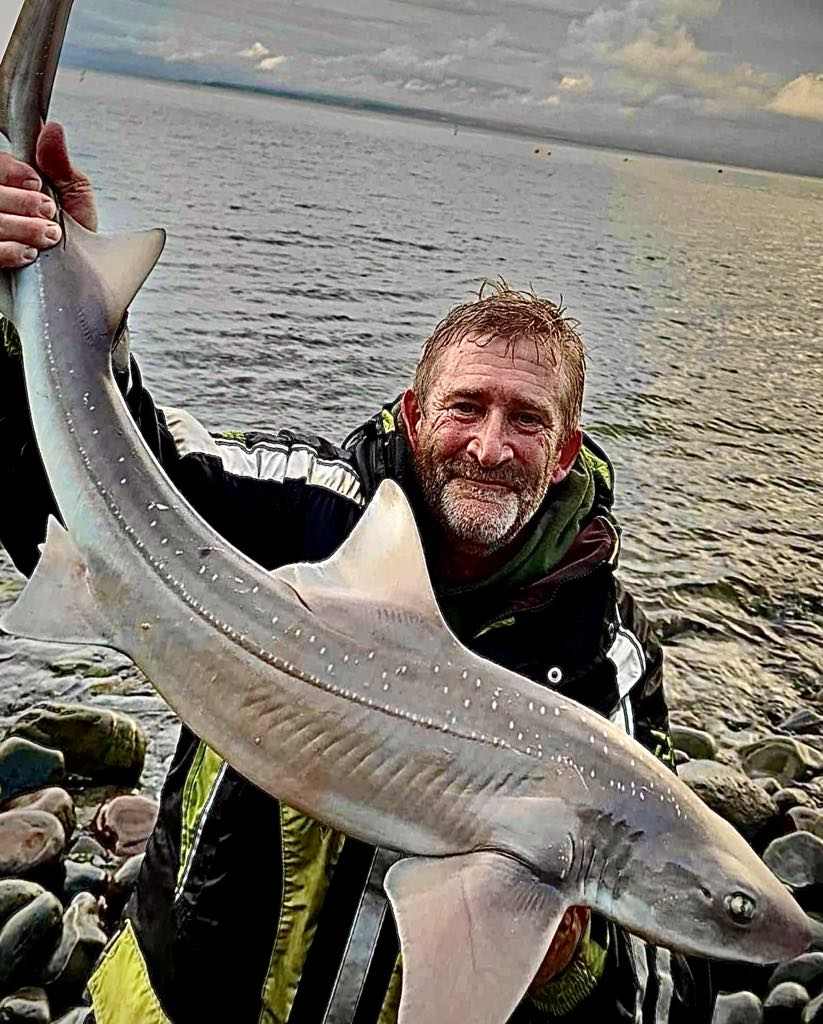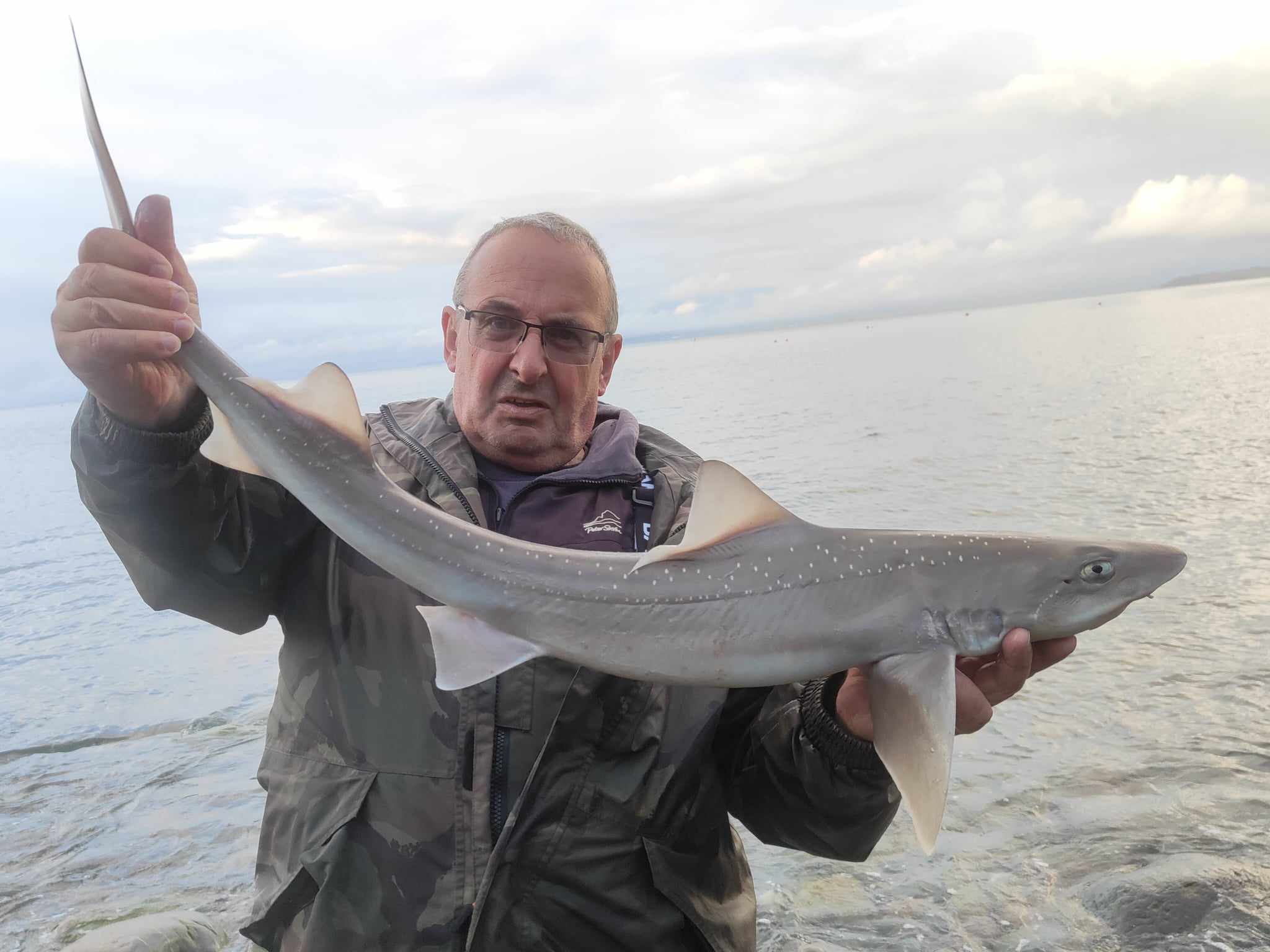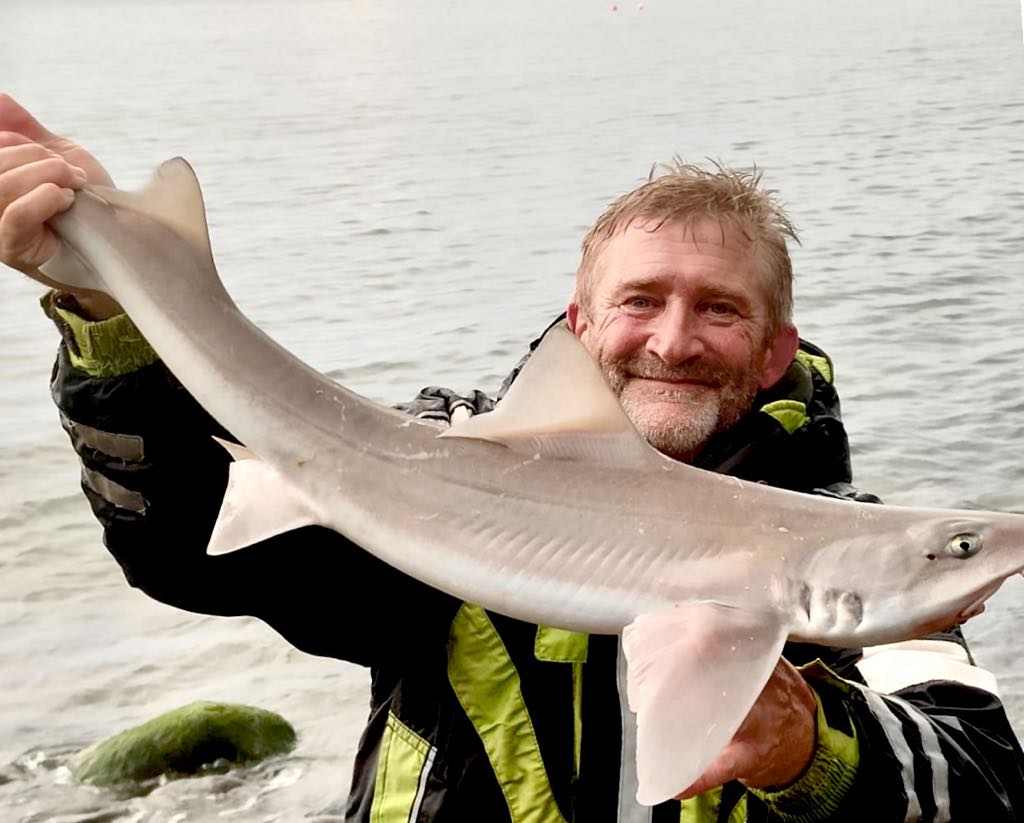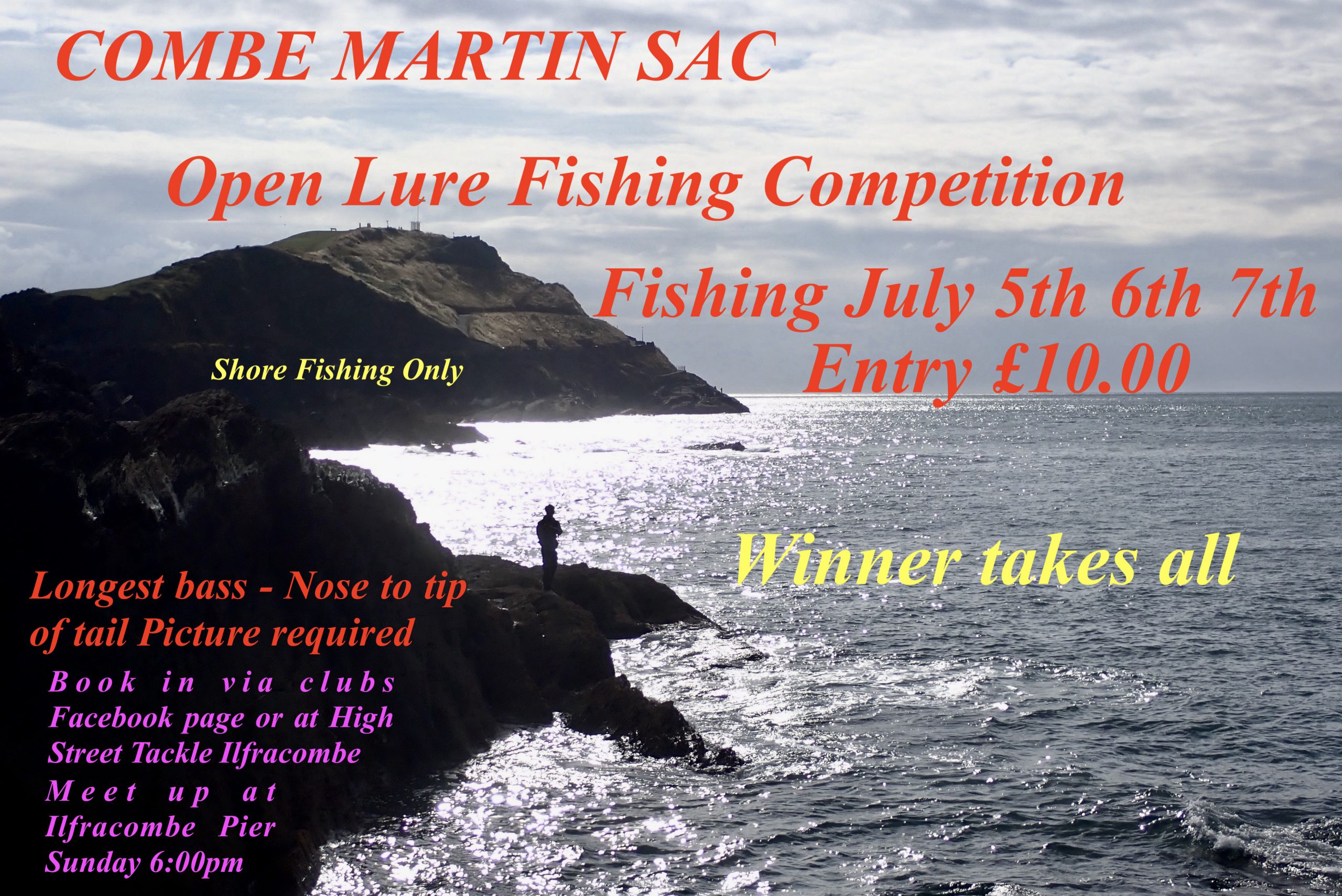
LATEST REPORT FROM BULLDOG TROUT LAKE
 LATEST REPORT FROM BULLDOG TROUT LAKE
LATEST REPORT FROM BULLDOG TROUT LAKE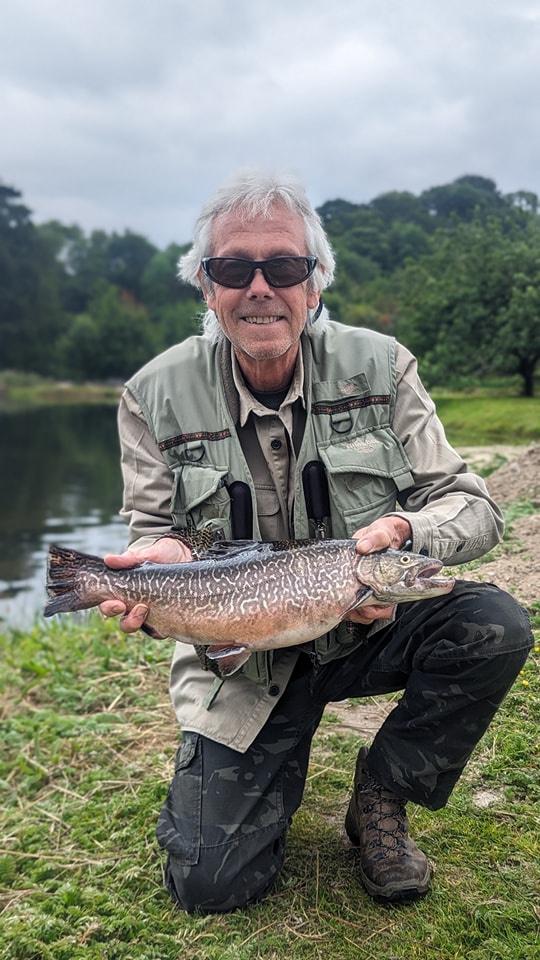
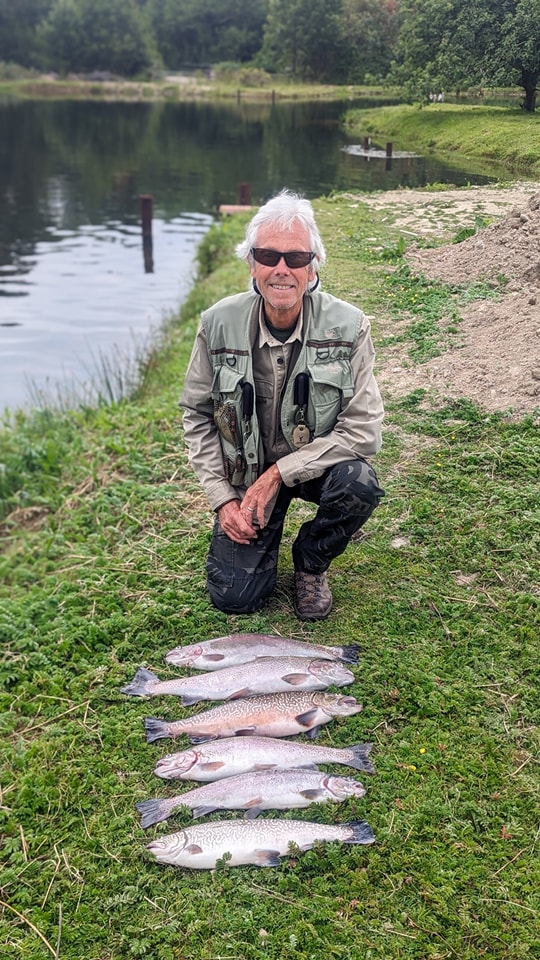 As luck would have it he landed not one but two Tigers on his 6 fish ticket!
As luck would have it he landed not one but two Tigers on his 6 fish ticket!
Heady Summer days at the Arundell
Heady June Summer Days |
|
Warm sun, the heady scent of honeysuckle in the hedgerows, the excitement of the first sea trout coming through and it seems those bitter northeast winds of last week have been relegated to nothing but a distant fading memory. Thank goodness summer is finally here!
There has been much excitement after a very successful, slightly windy but warm and balmy day up on the North Devon shoreline, with several well sized sea bass caught. Slightly closer to home on the Lower Lyd, it was the sea trout coming through that had the Fishing Shop buzzing with excitement. A total of 5 were caught last week with the largest coming in at 3 lbs and a couple in at 2.5 lbs. More generally, on the rivers there are still plenty of hatches to be found and when they come it can be fantastic with some 20 wild brown trout caught in just a couple of hours.
The Arundell gardens are now well and truly in their full June glory. Rambling pink roses, the delicate green of the euphorbia, the exotic aroma of the yellow yarrow and the occasional bright flash of the lupins. An English country garden at its best and its wonderful to see the Afternoon Teas on the terrace are in full swing!
For those with young children, don’t forget that on the last two Saturdays in July (20th & 27th) and most Saturdays in August (3rd, 10th, 24th & 31st) we will be offering our 1 hr introduction to fly fishing lessons down at the lake. Booking essential. |
Bideford Evening League Results

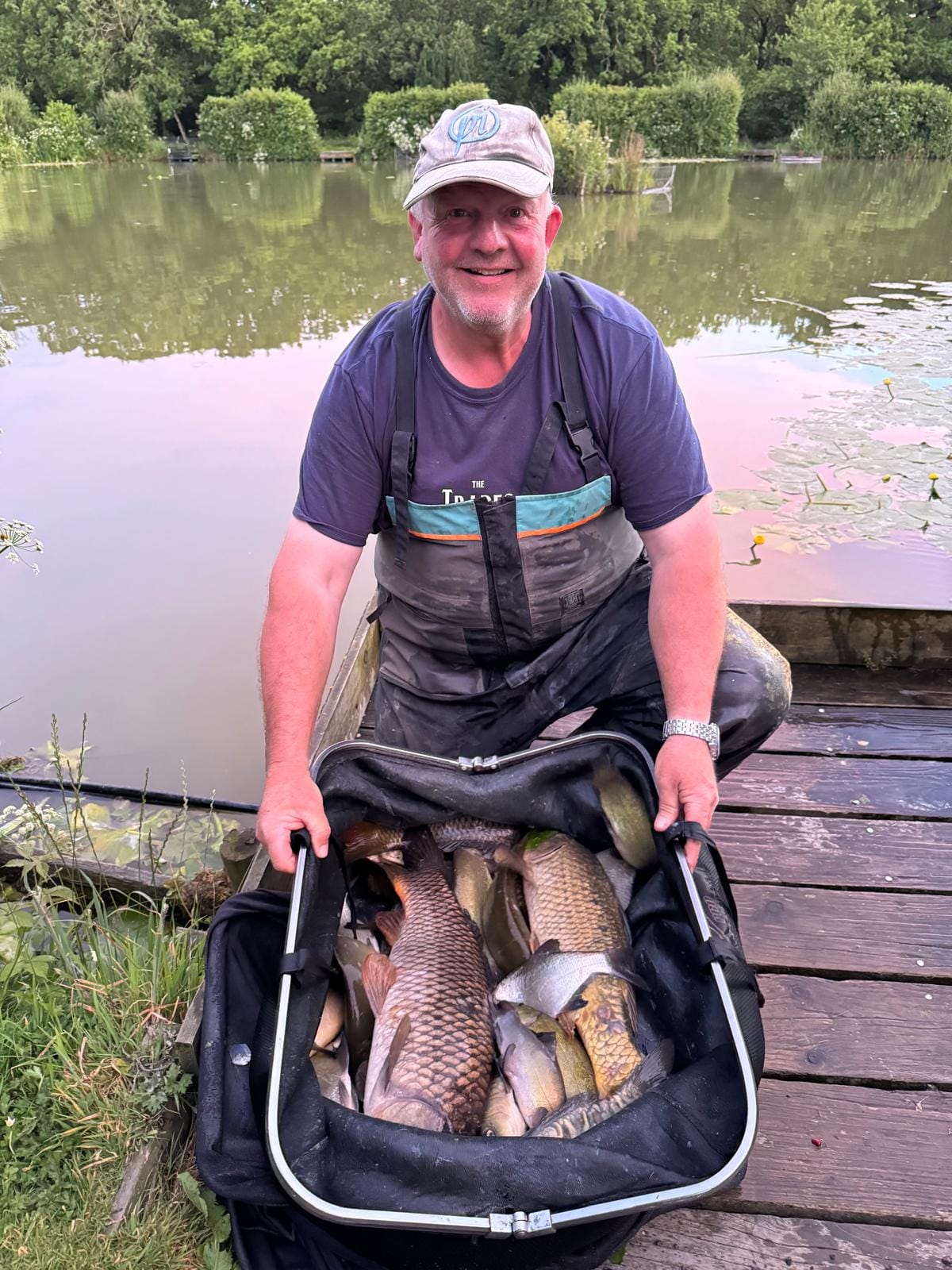
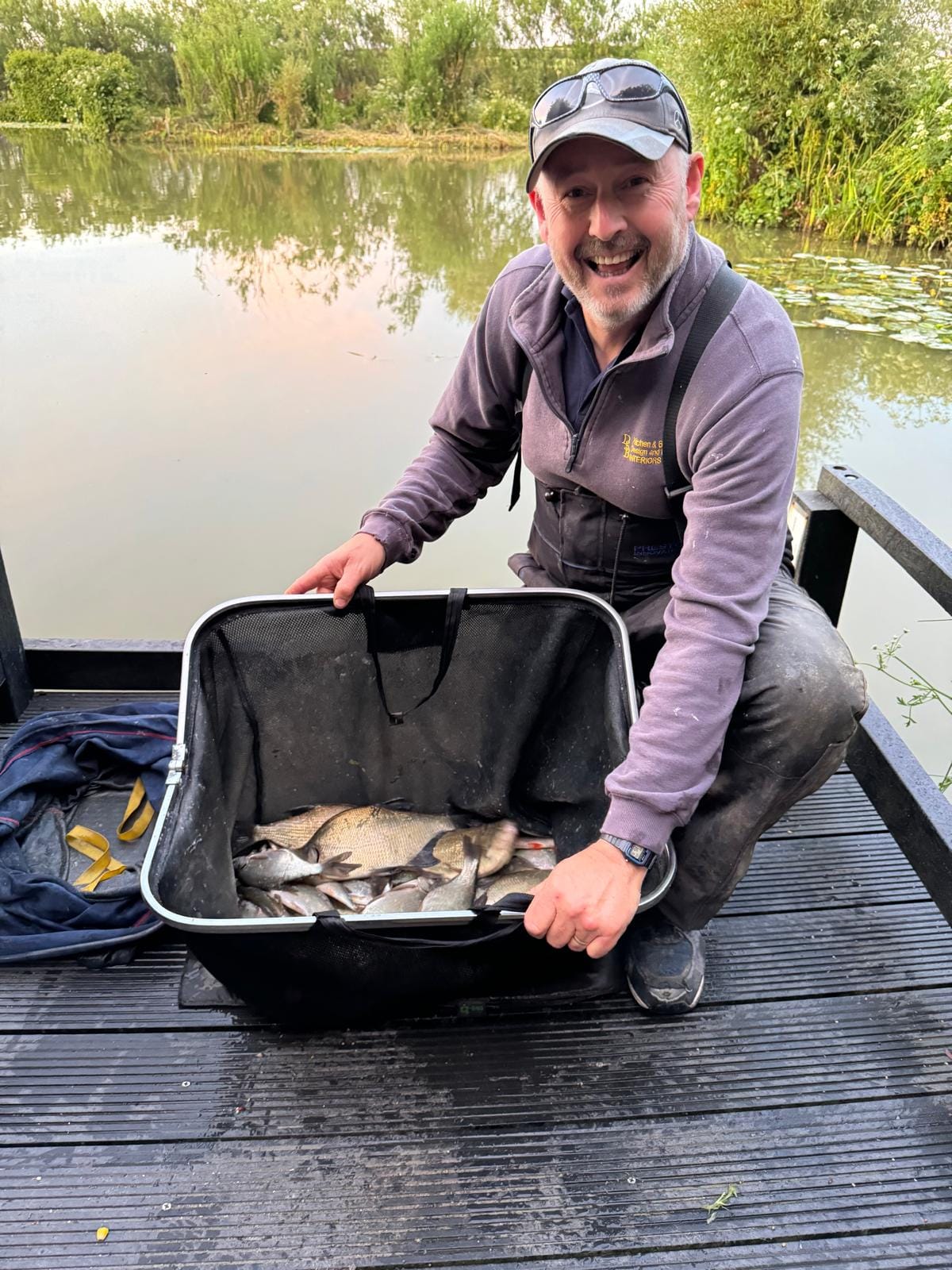
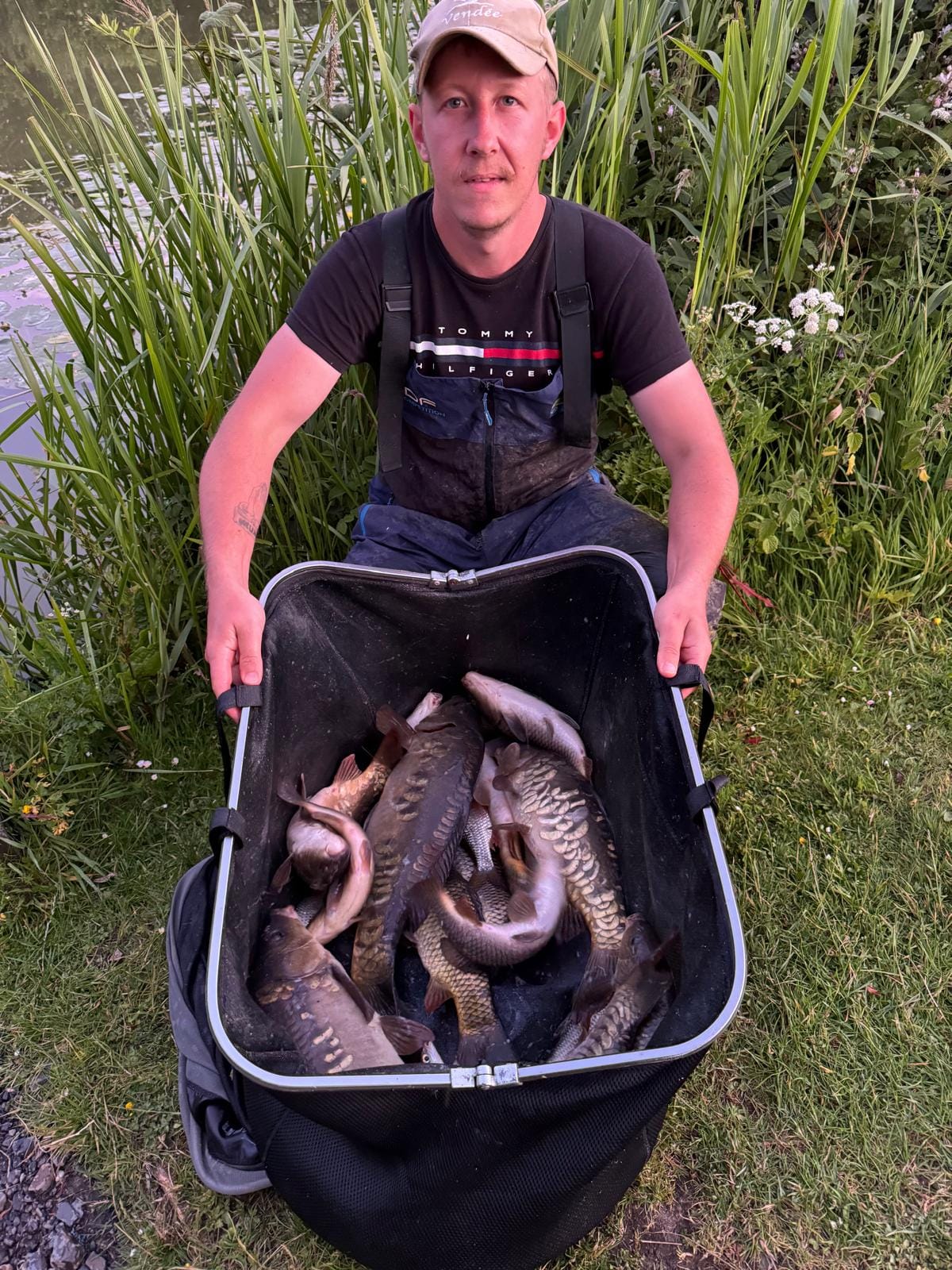
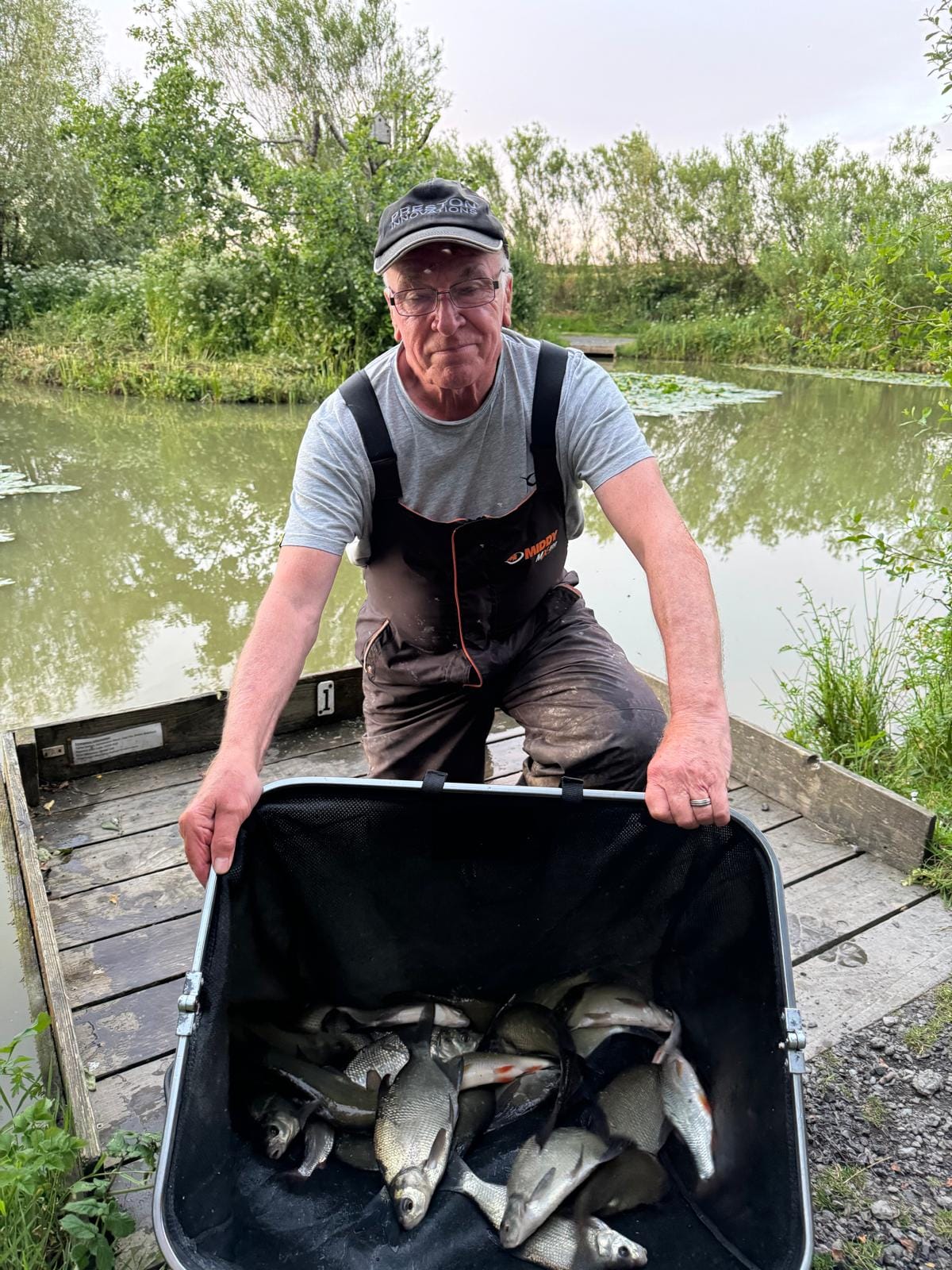
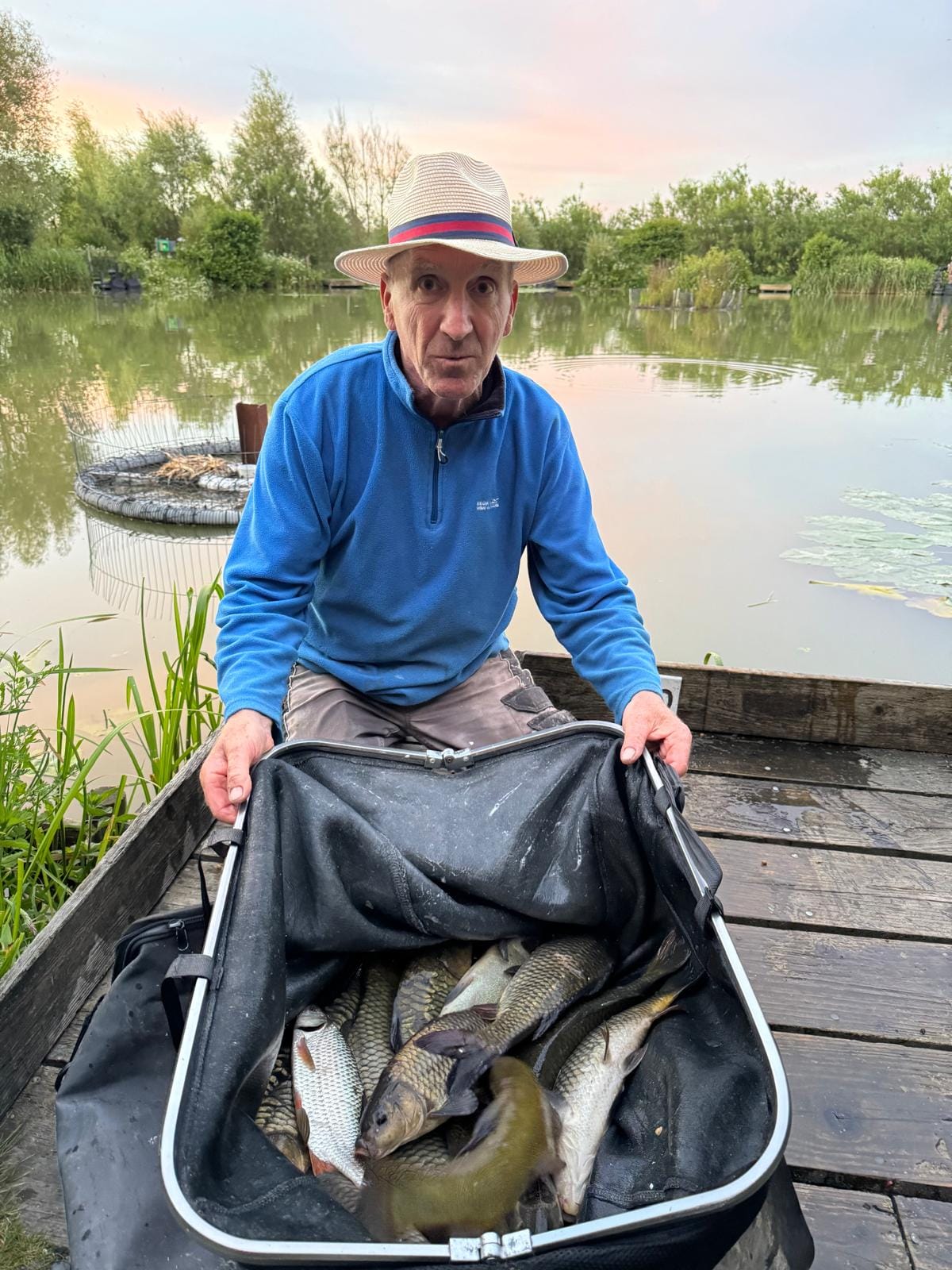
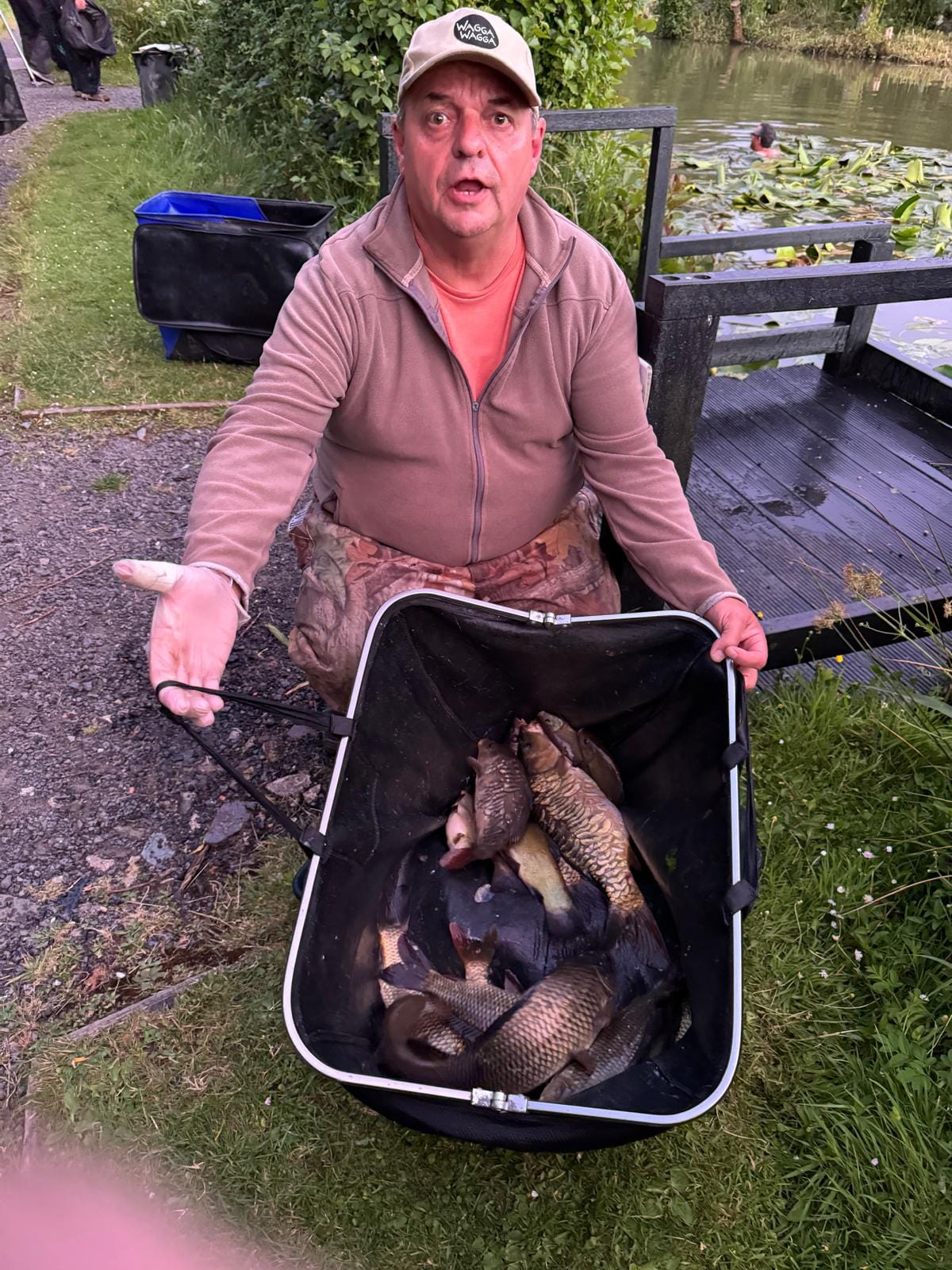
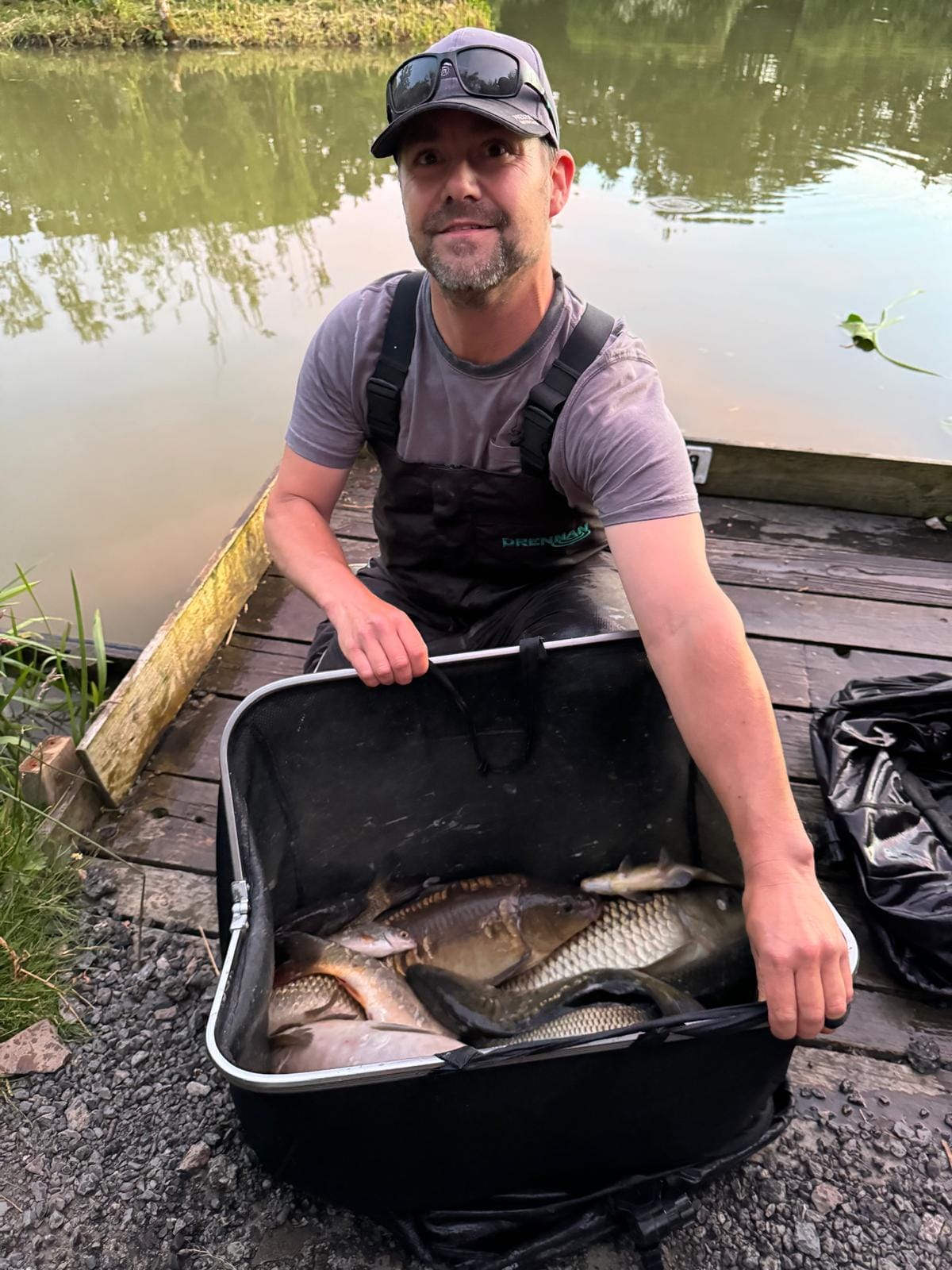
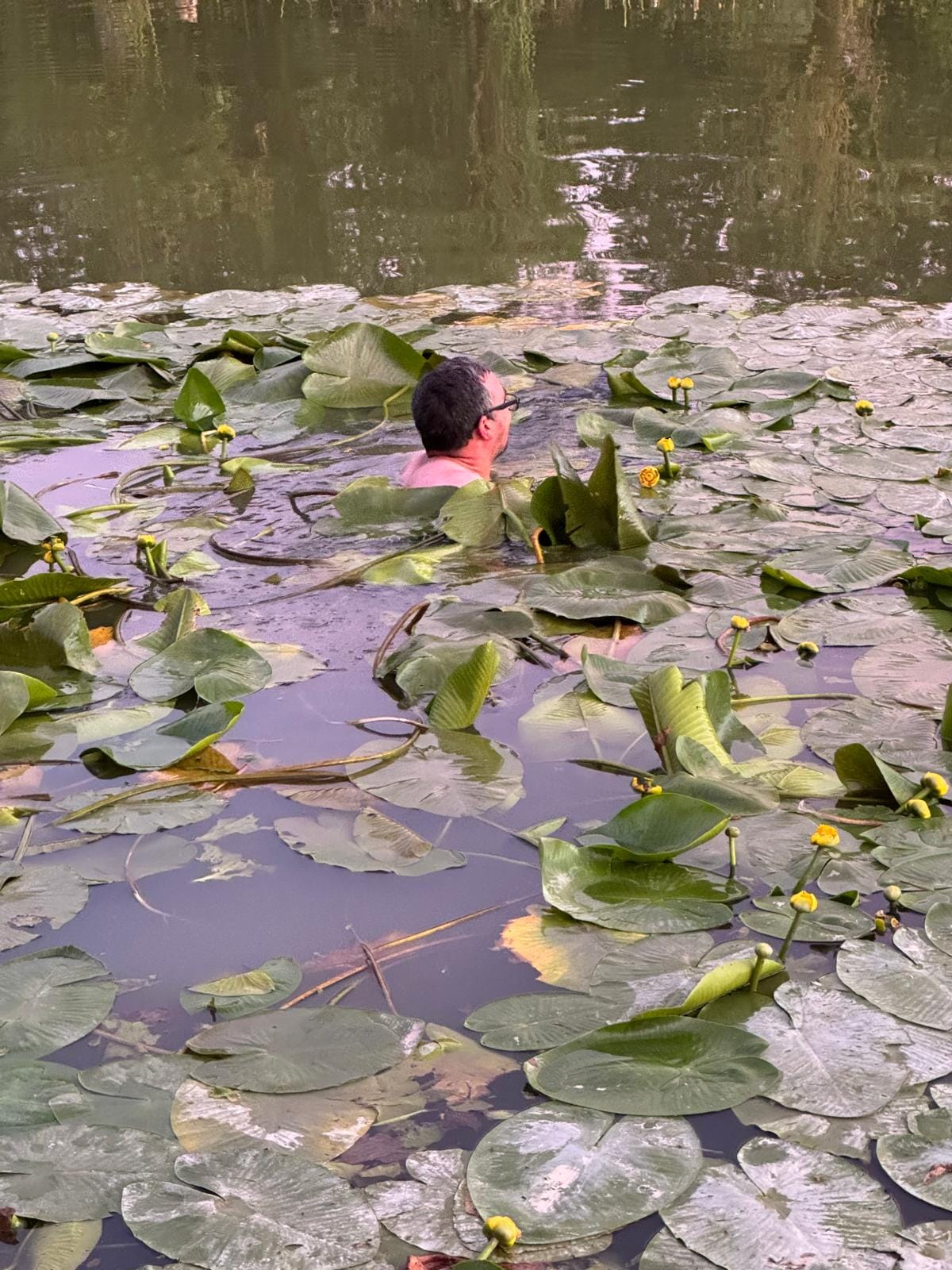
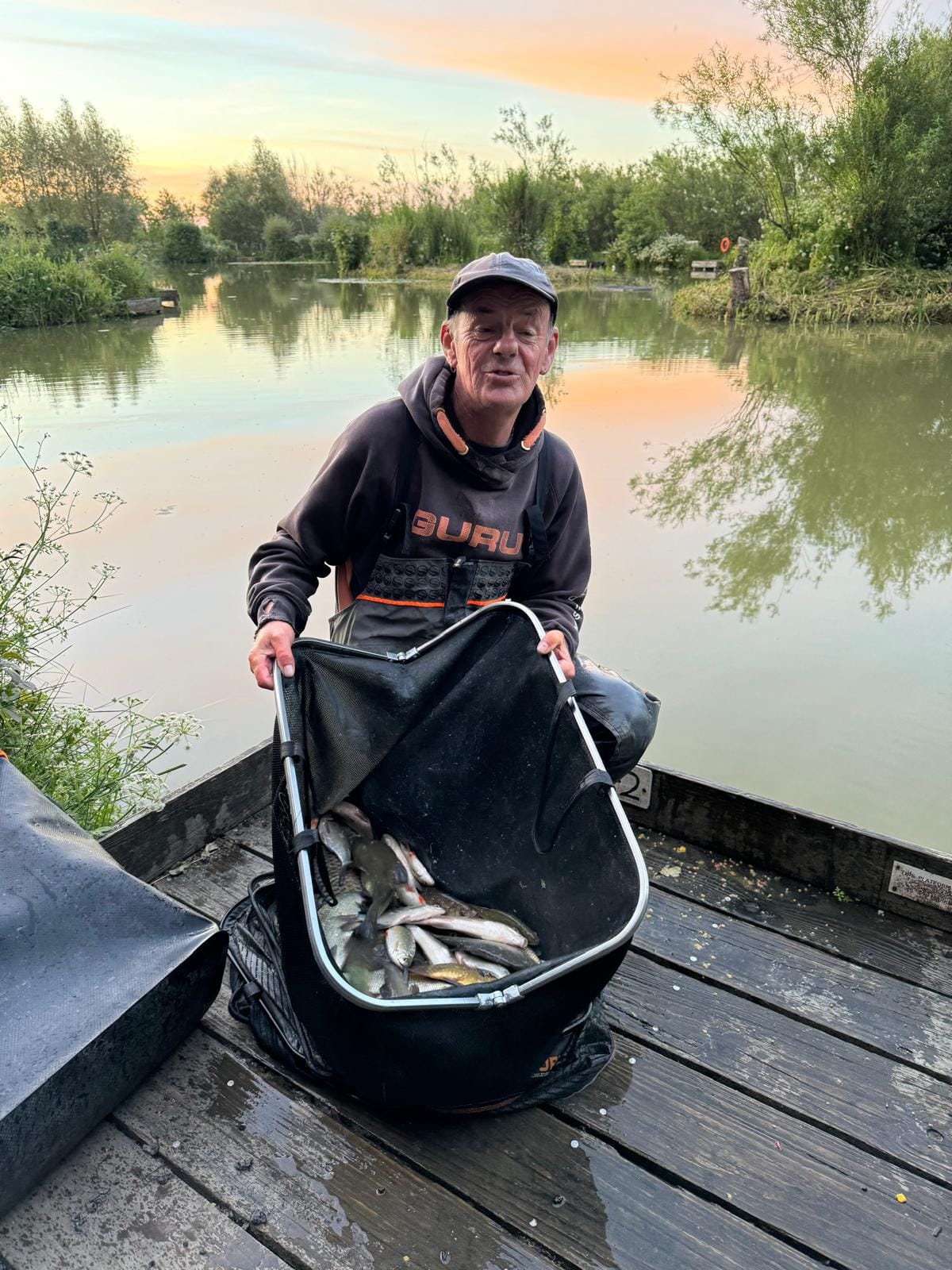
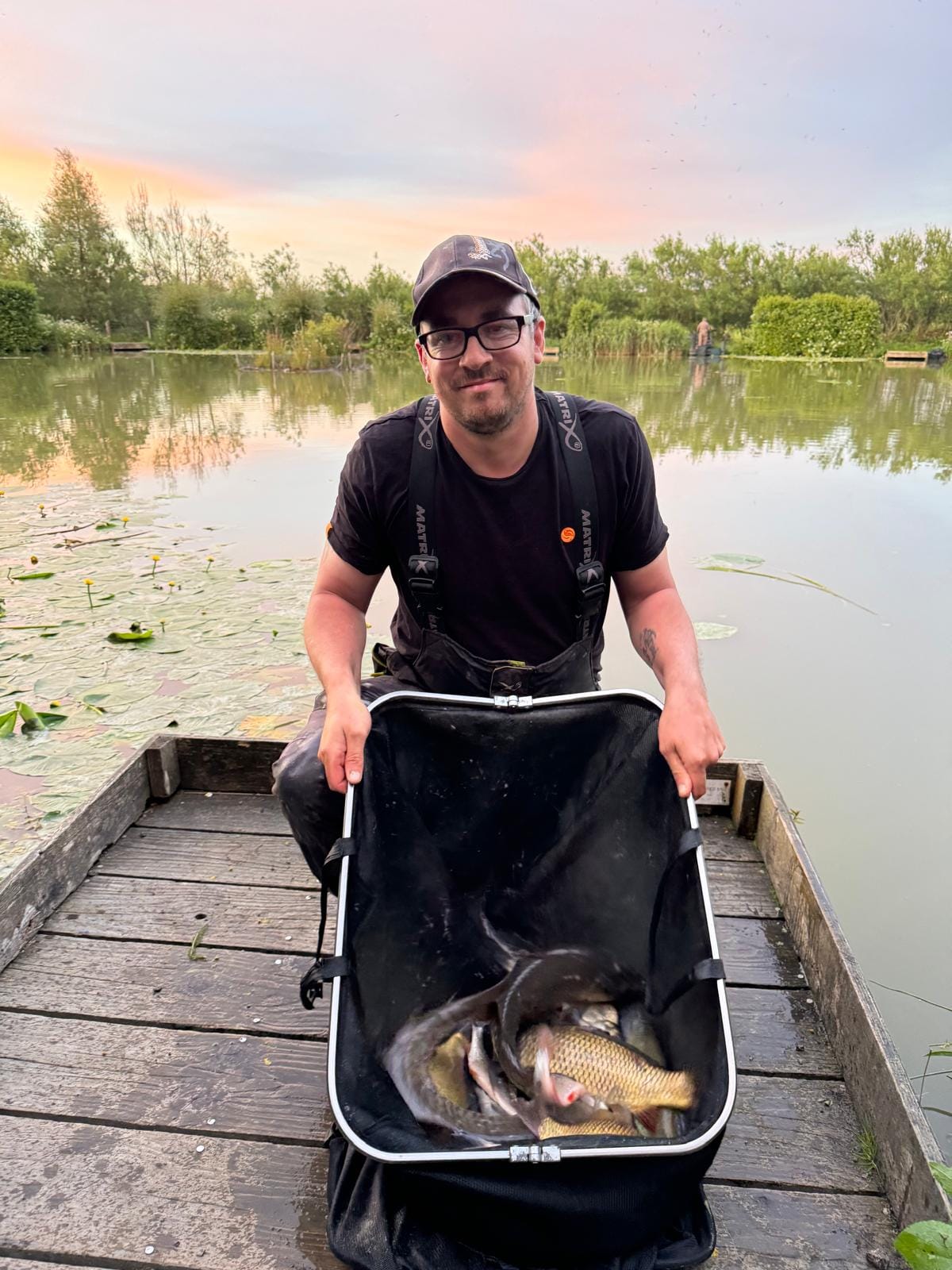
Tope and huss on Bluefin
BASS ON LURES – SETH TUSON SHARES HIS THOUGHTS
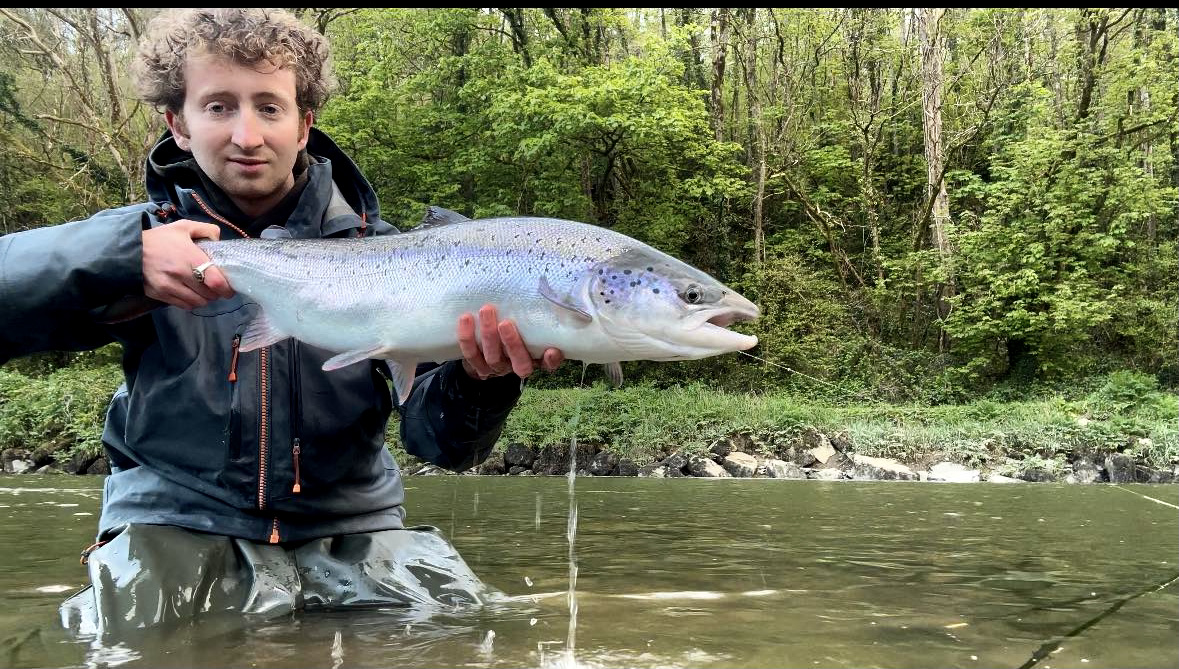
After getting lucky enough to catch a salmon in April from the Torridge this year, many further fruitless sessions followed, leading me to switch my attention to bass fishing earlier in the season than I normally would. It was obviously a lucky April for me, as somehow on my second session of the year I managed a 67cm fish, and I am yet to catch a bigger one this season in the pursuit of a 70cm+ fish on a lure. However, because of all the time and effort I have been putting in, I have managed some nice fish, albeit not monsters for some, which can be seen in the pictures shown. The excitement never wears out for me with these fish, particularly when caught on surface lures.
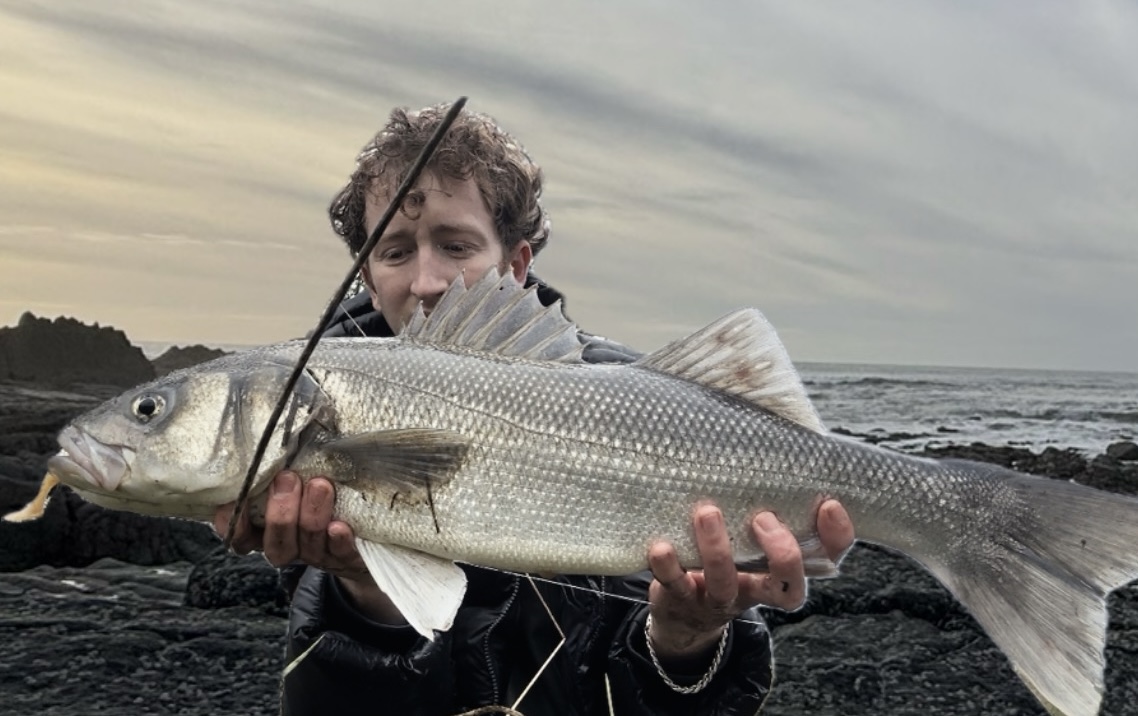
As I’m sure is the case with many others in the North Devon area, bass are probably my favourite fish to target throughout the season and I feel we are blessed as anglers to have so much different ground to fish from the estuaries to the open coast. I’ve been a member of the North Devon Bass Lure fishing page on Facebook for a couple of years now, but last year I started to post fish I caught on the page. This resulted in me getting chatting to a couple of good lads who I’ve subsequently done some sessions with, sharing marks and as always learning new things about people’s preferred tactics and lures etc. As much as I love the solitude of fishing, going out with others has been thoroughly enjoyable and I believe social media pages such as this are going to be crucial in getting the younger generations into fishing going forward.
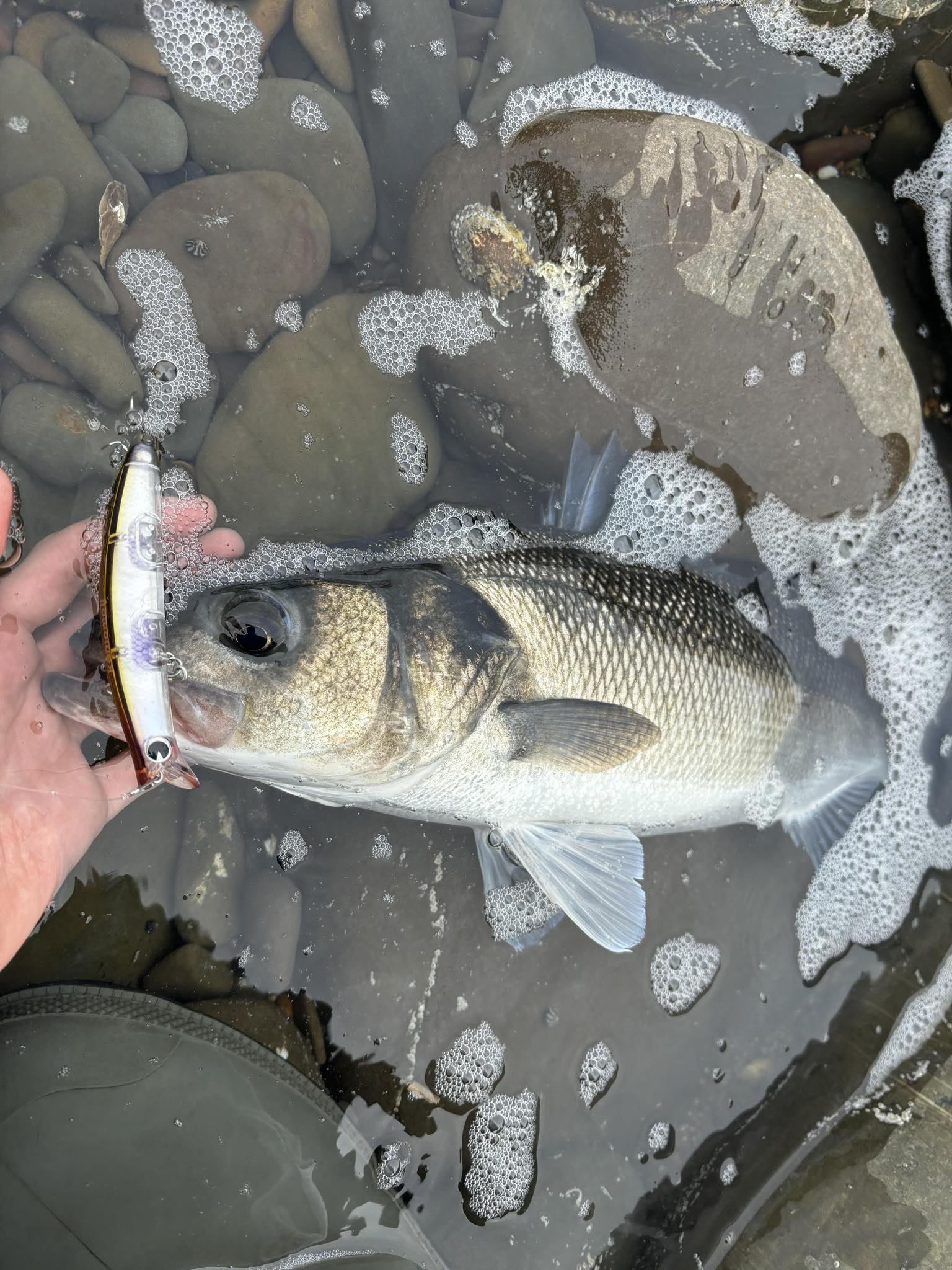
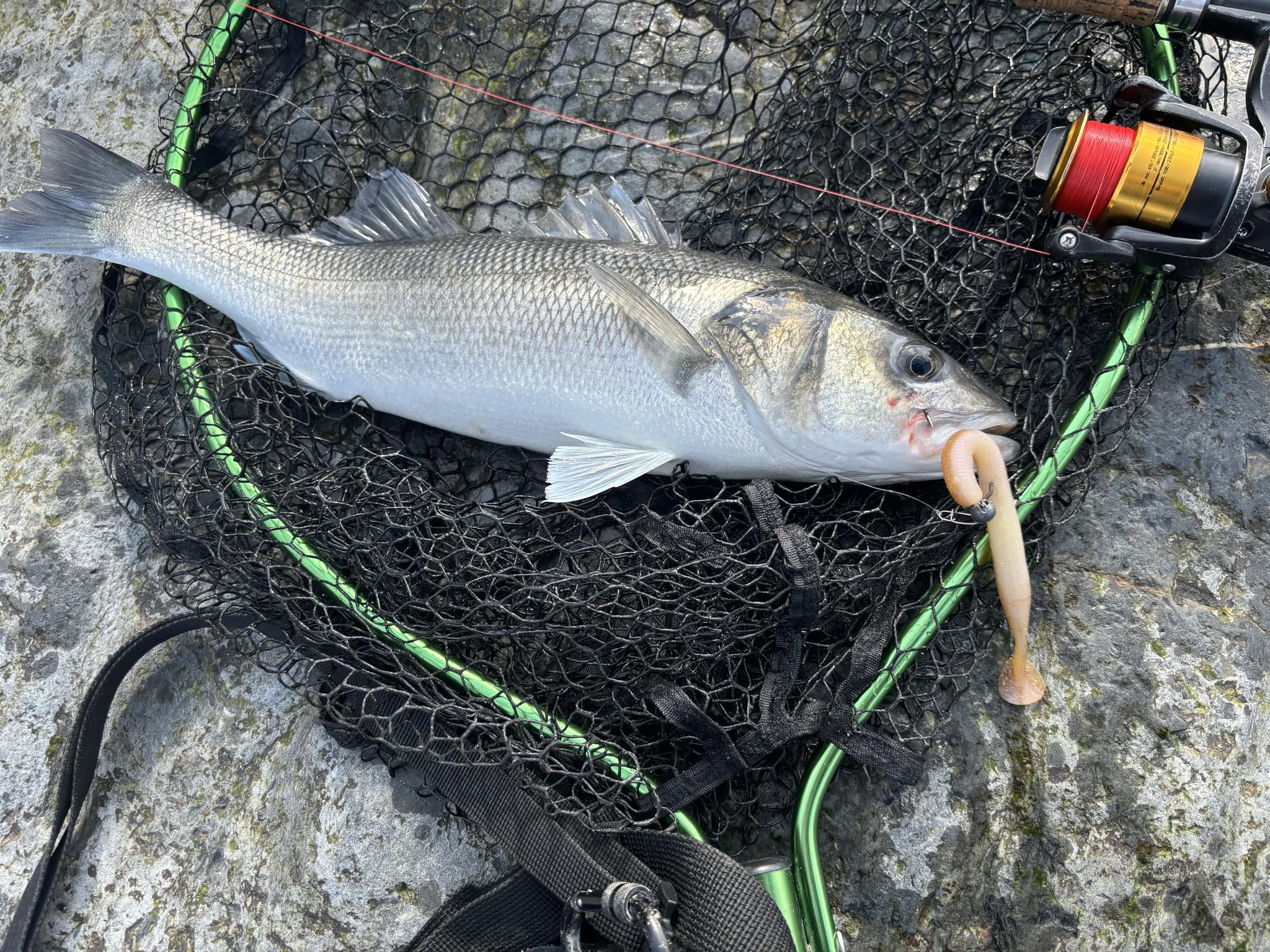
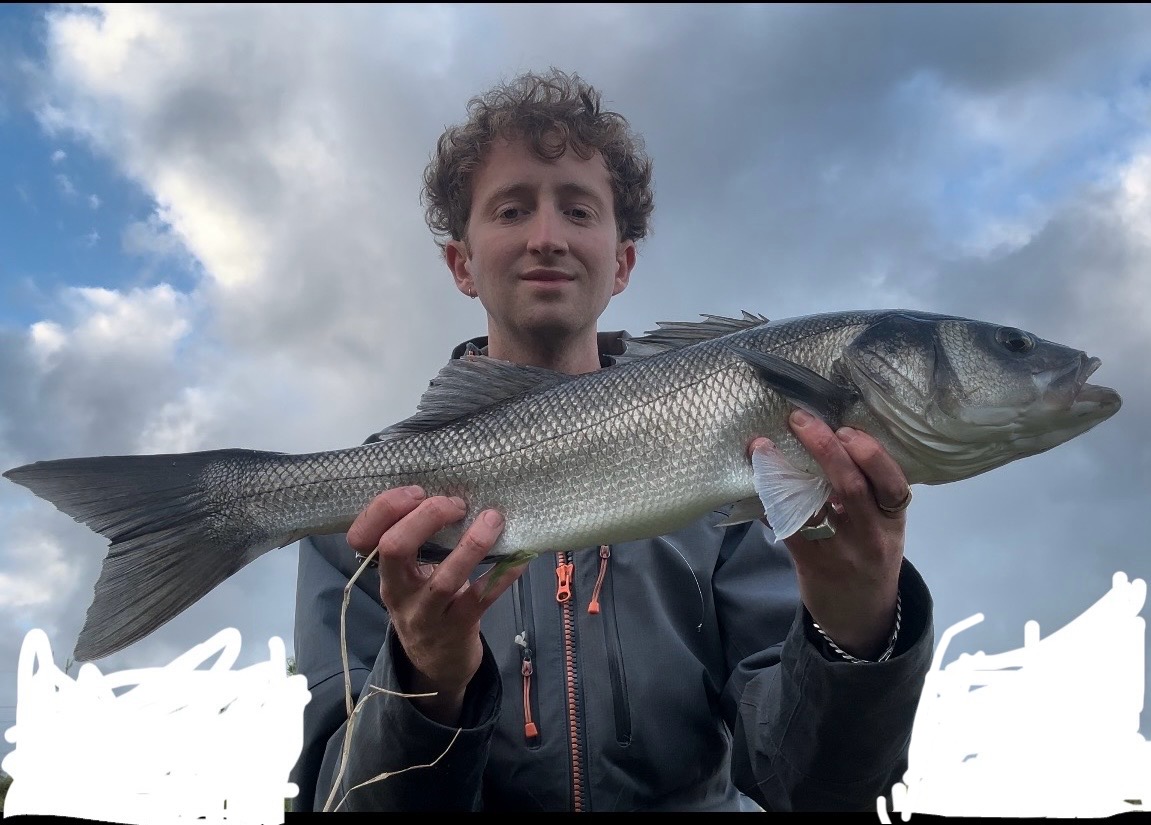
In addition to the local page, I would also give mention to UKBLF where people from all over the UK chat all things bass lure fishing and share their catches. Through this Facebook page, I discovered we are lucky enough to have one of the leading stockists of bass lures in the UK in Ilfracombe at Highstreet tackle. A lot of the fish I have caught so far this year have been on Savage Gear gravity stick paddle tails or the IMA Chappy, both of which I purchased there. It really is like a sweetshop in there however and easy to get carried away as a prewarning.
As is usually the case, I anticipate the bass fishing to only get better as the season progresses and hopefully, I’ll surpass the 70cm mark as it gets towards September/ October. Whilst Bass fishing can be hard graft at times, it is all made worth it when you put the leg work in and it pays off in the end.
Big Gilthead from North Devon Shoreline
Combe Martin SAC member Ollie Passmore has been targetting gilthead bream and enjoyed success with this awesome specimen of 6lb 10oz. The fish has a local specimen rating of 220%.
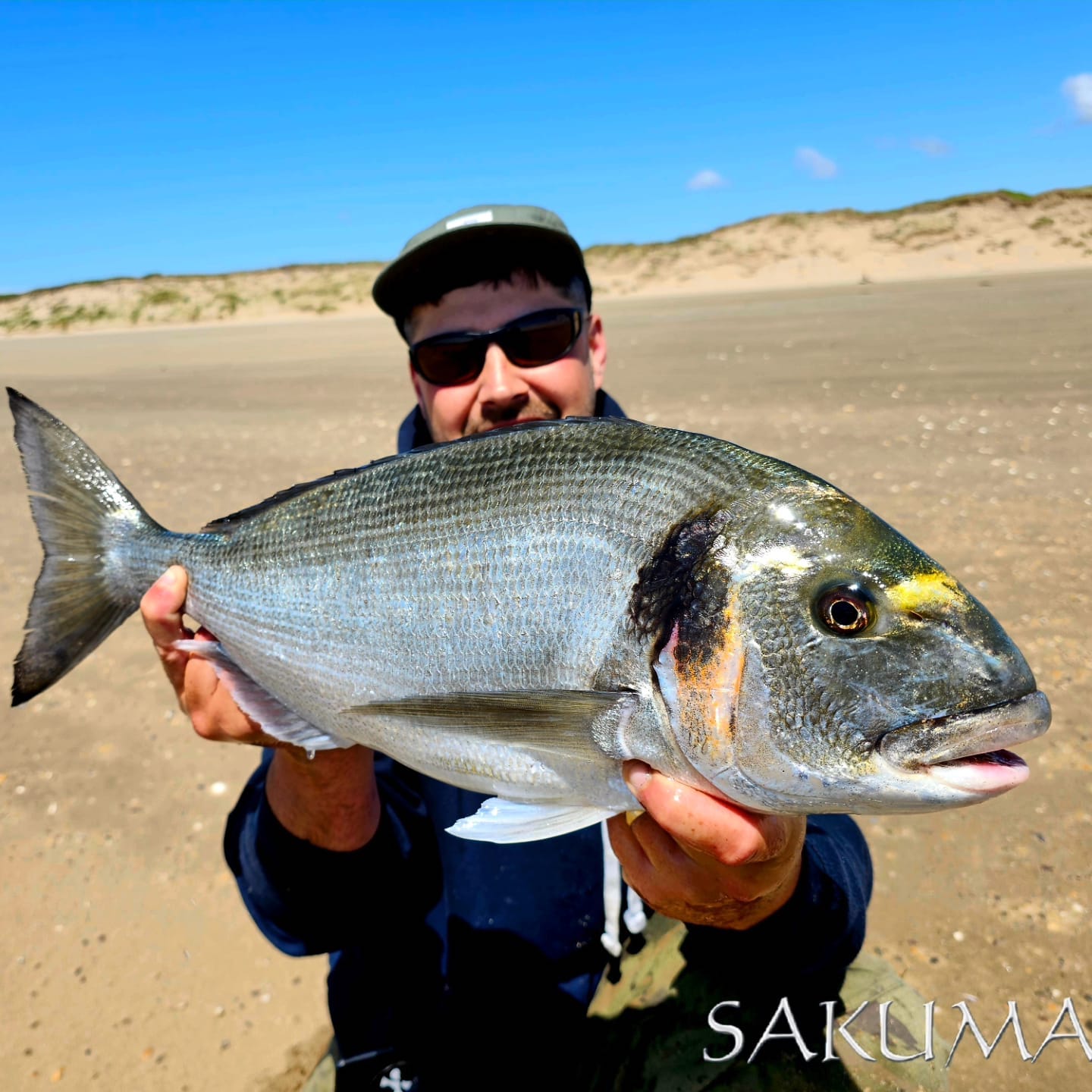
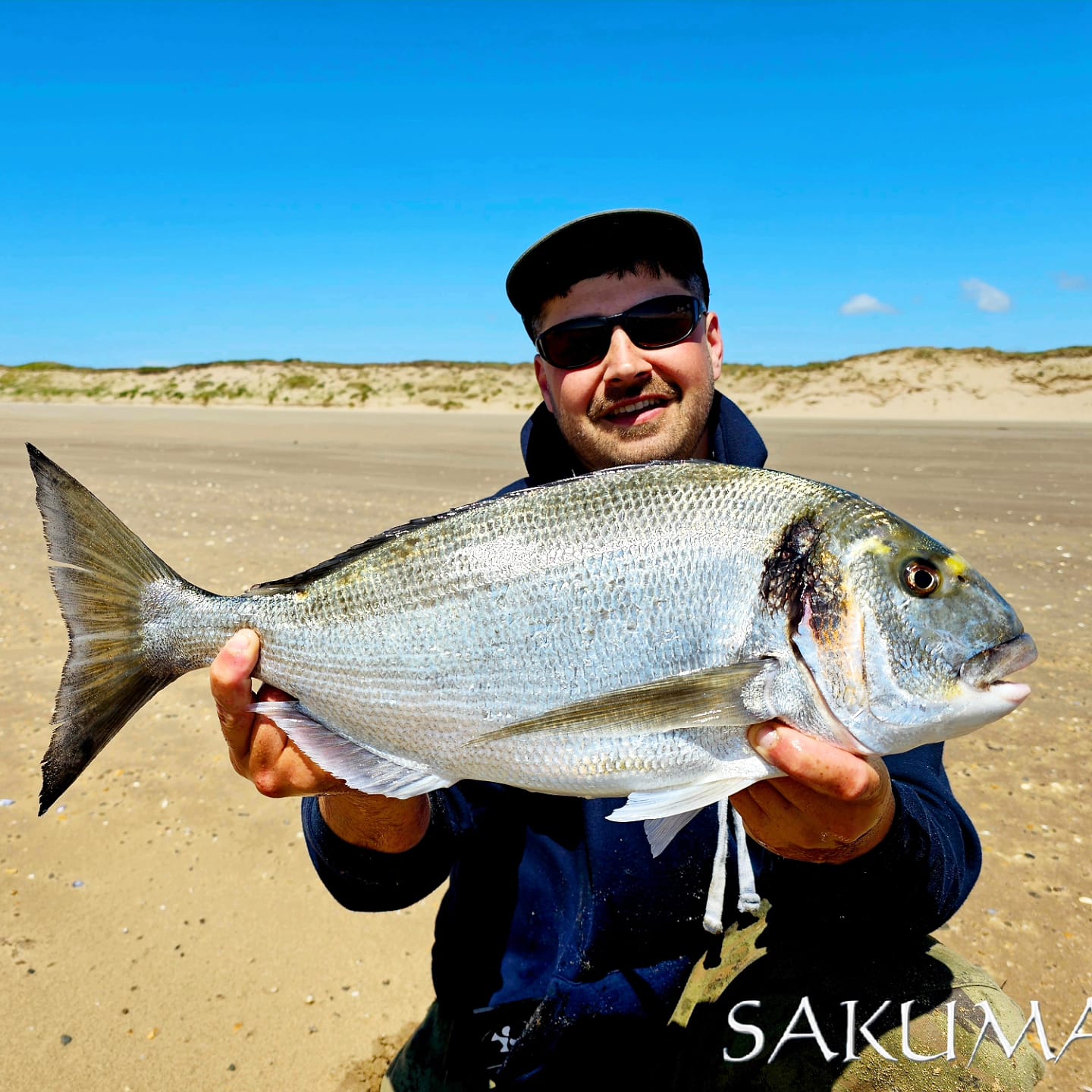
Good Sport on Reel Deal
NEW CHARTER BOAT – ILFRACOMBE

